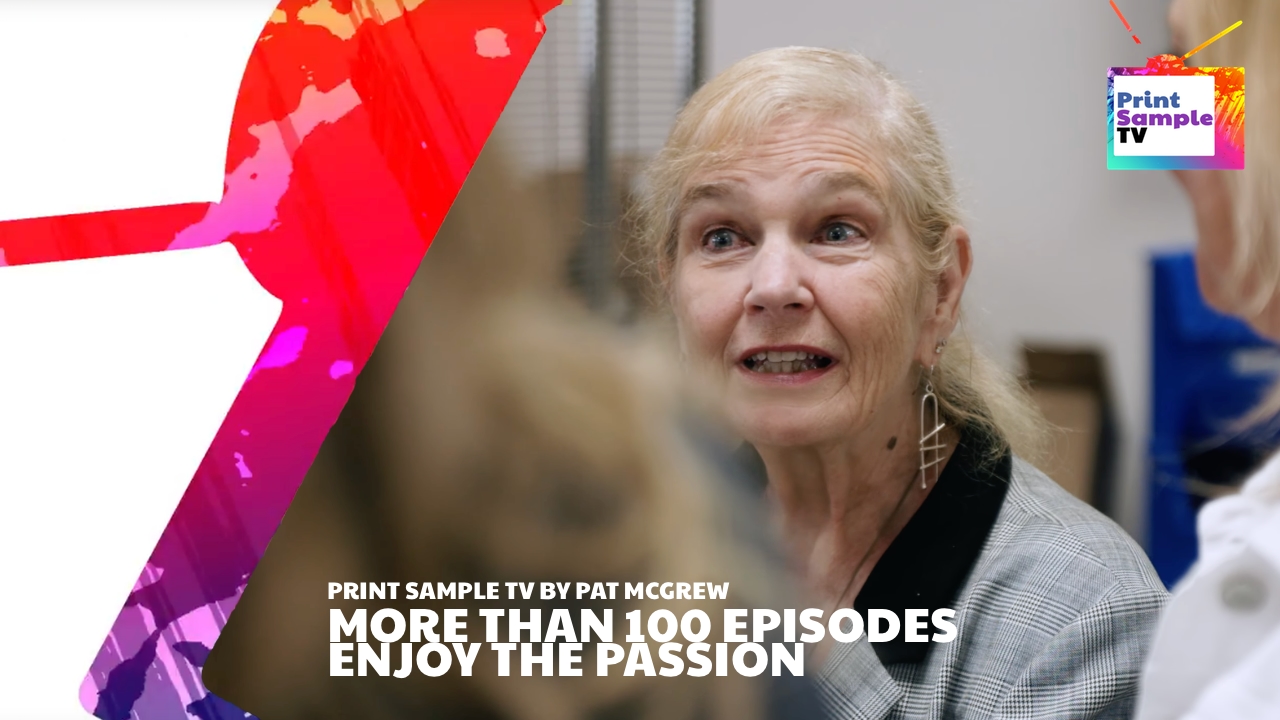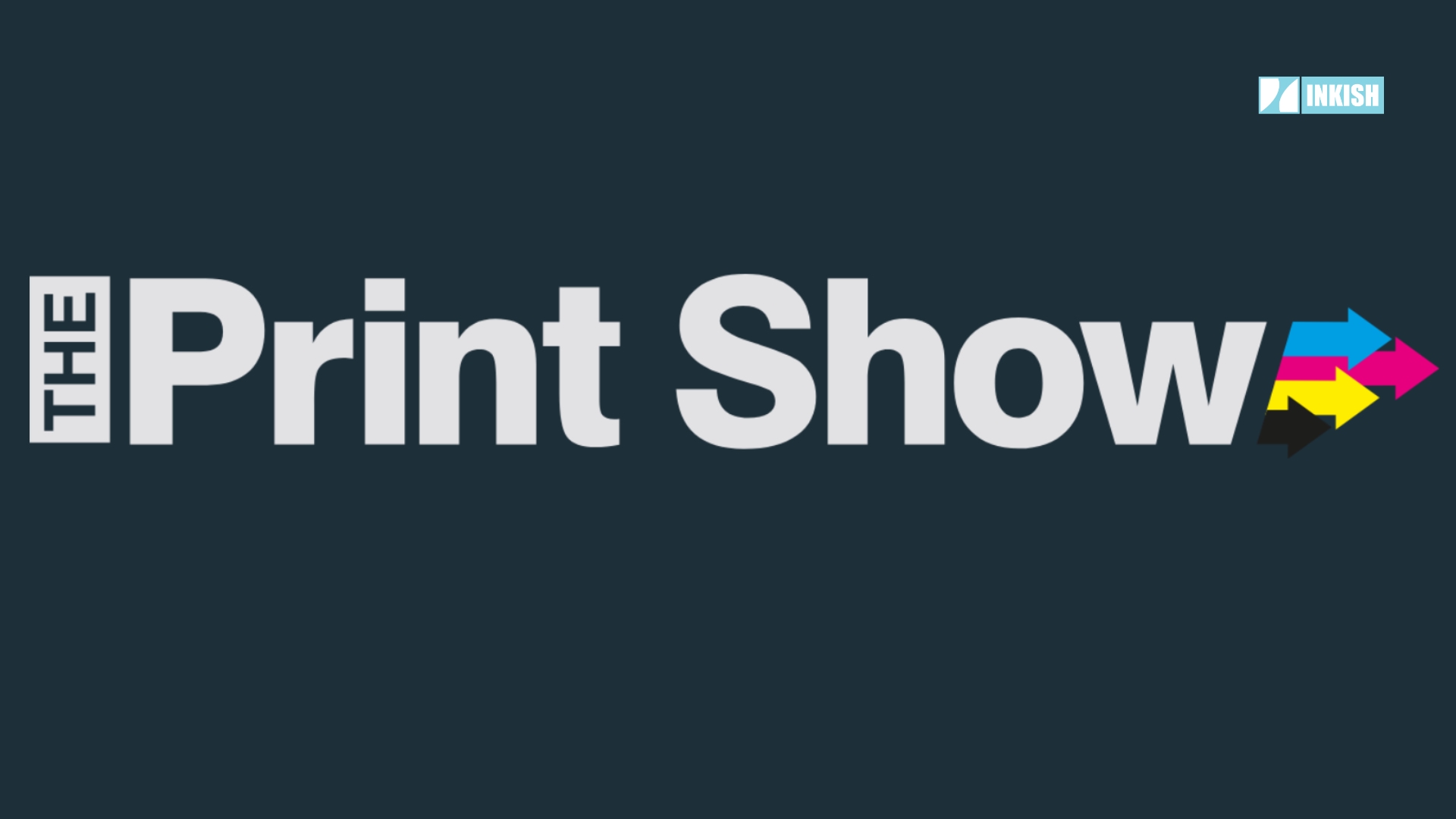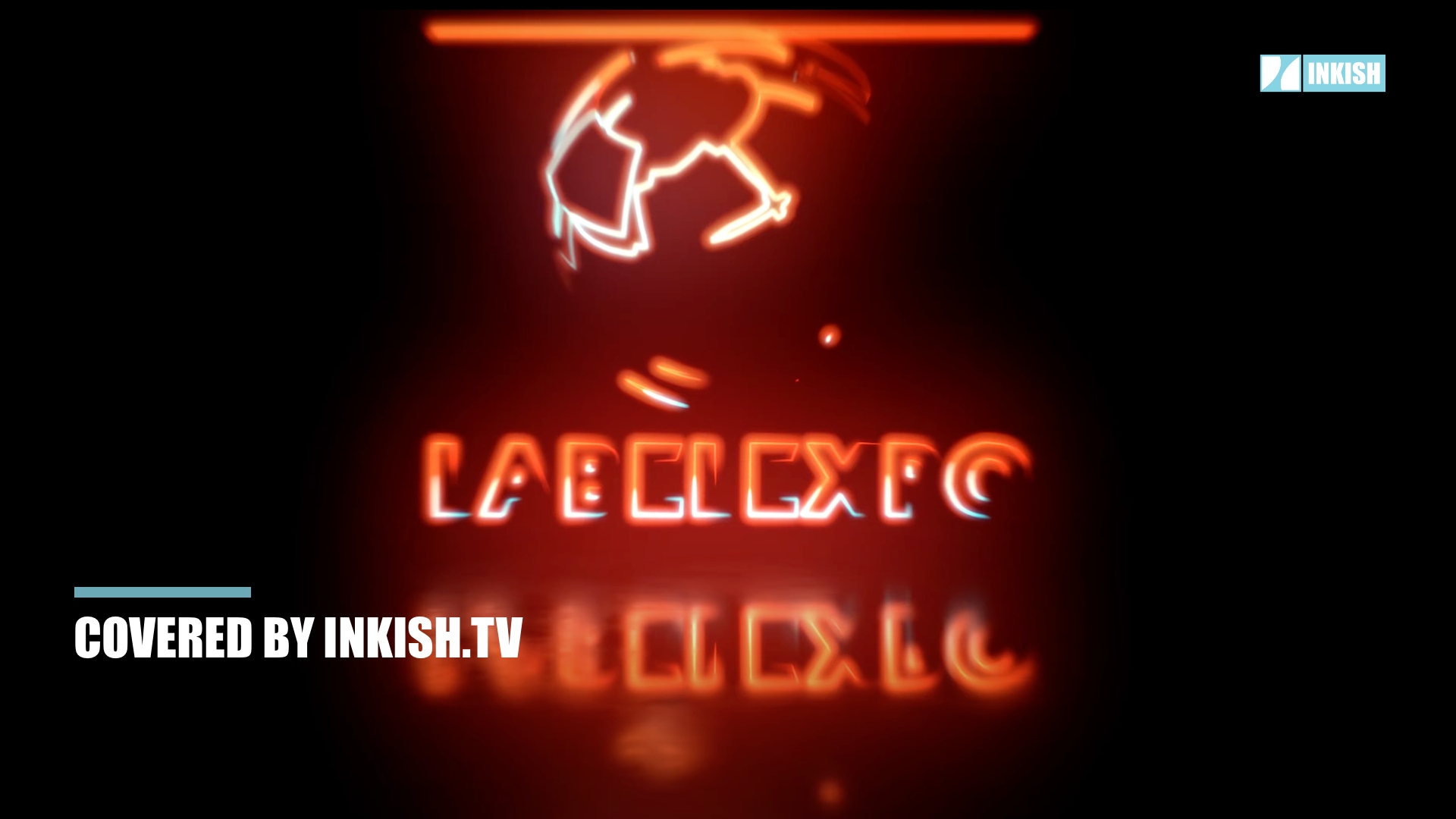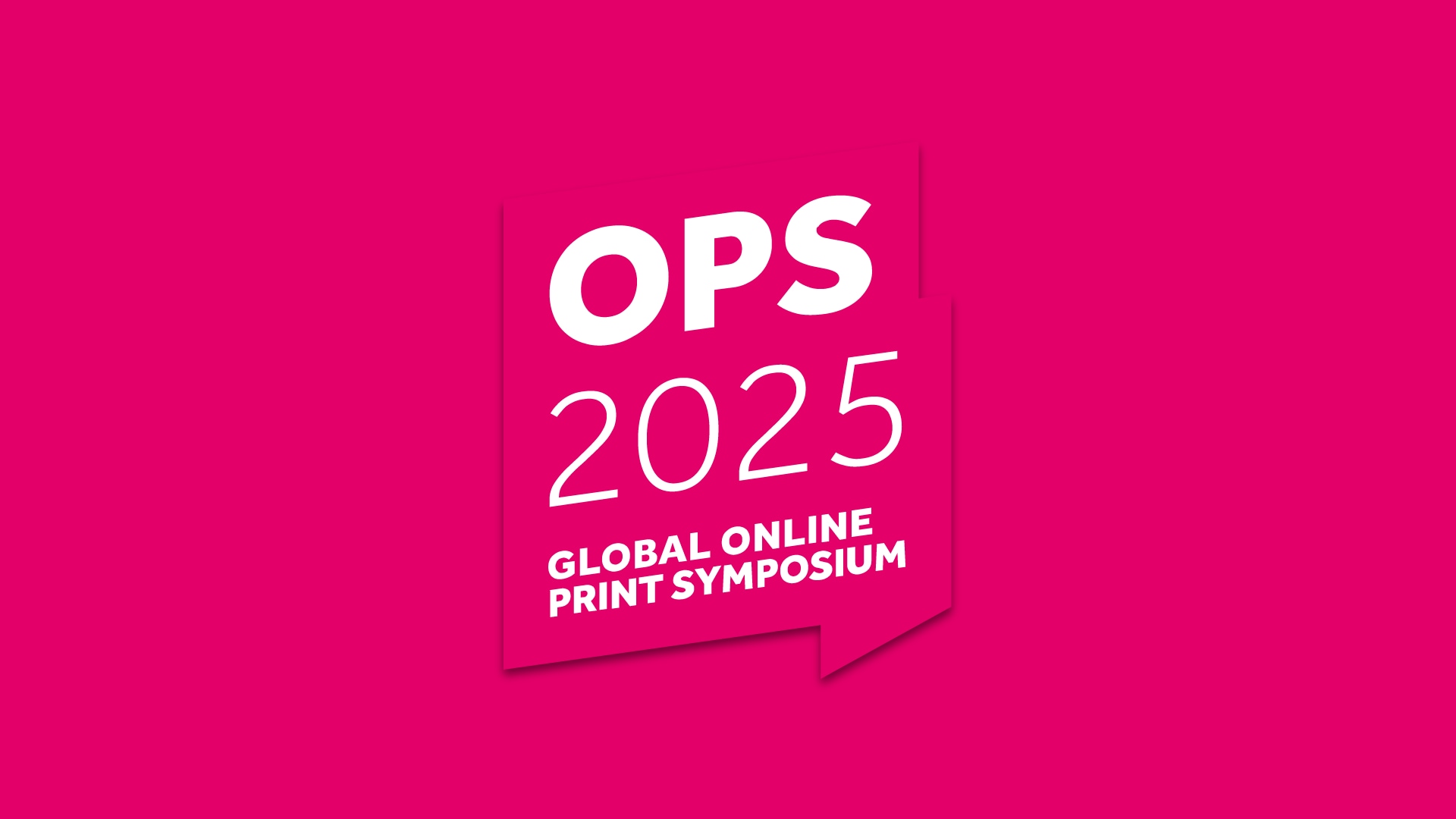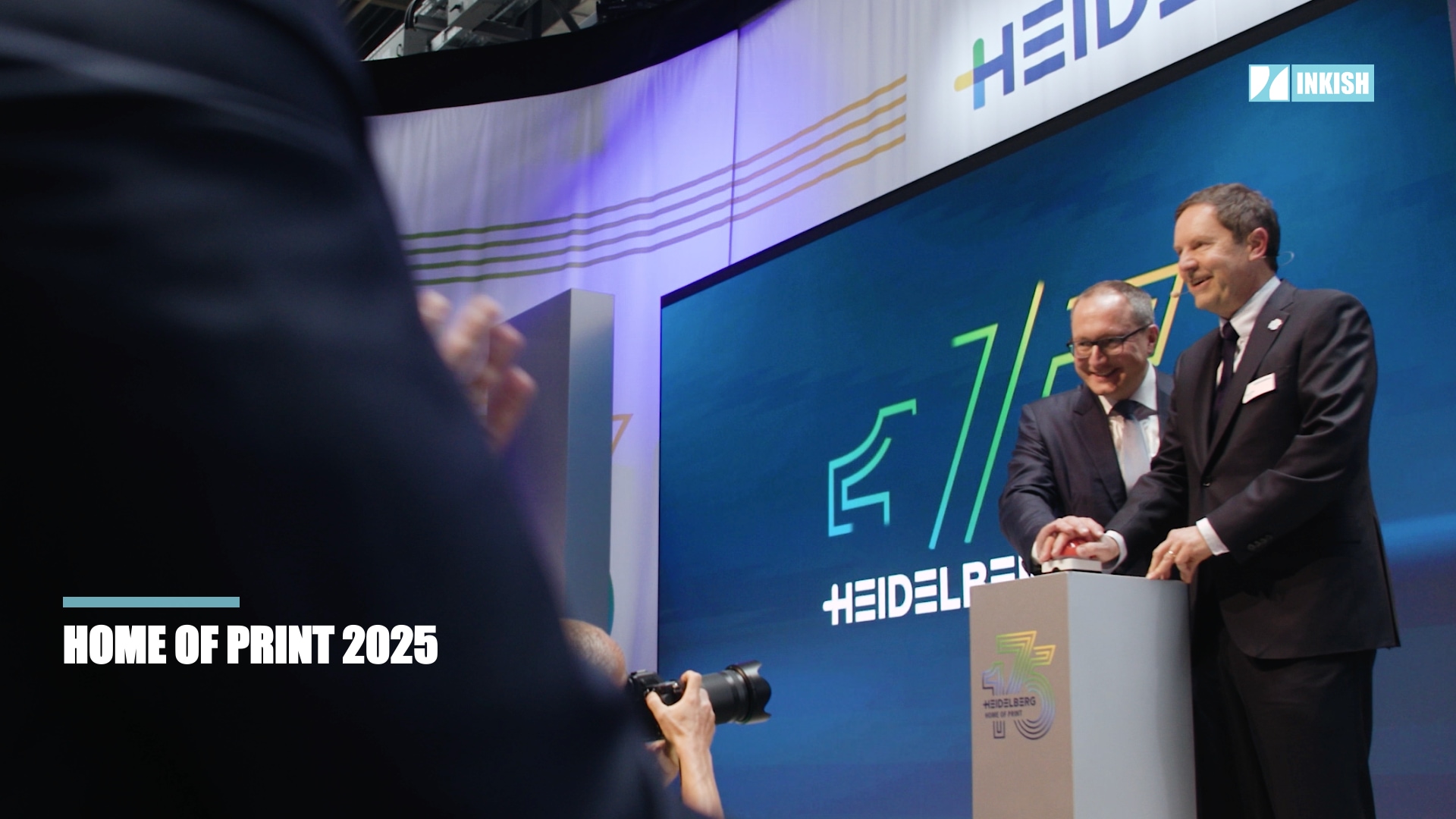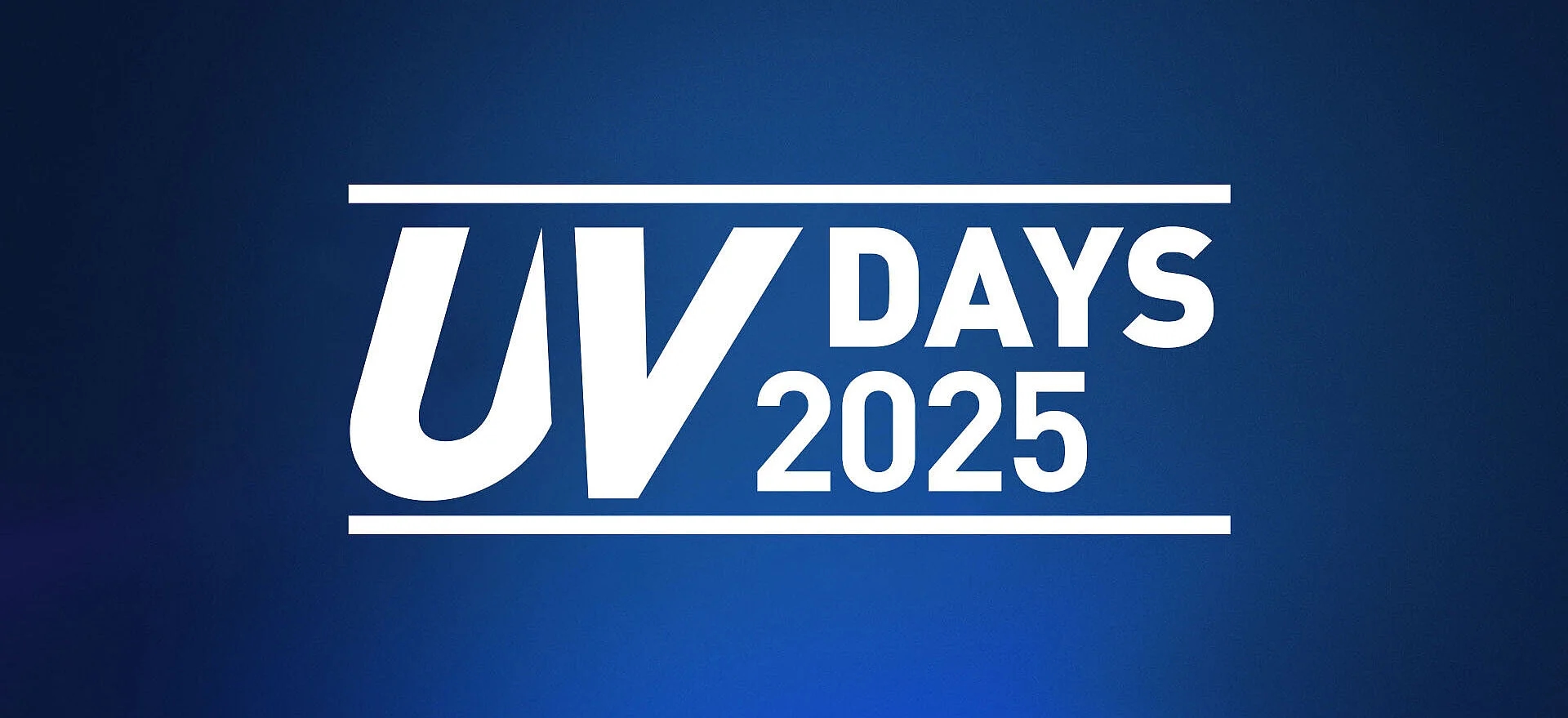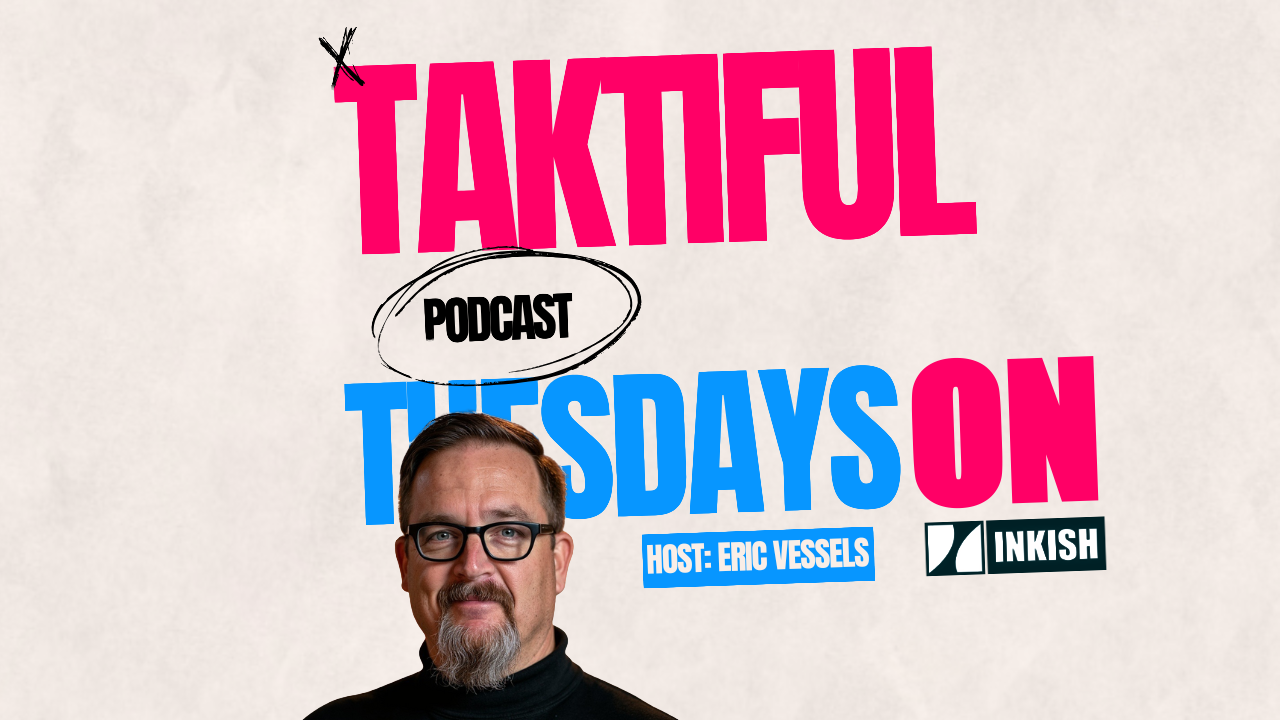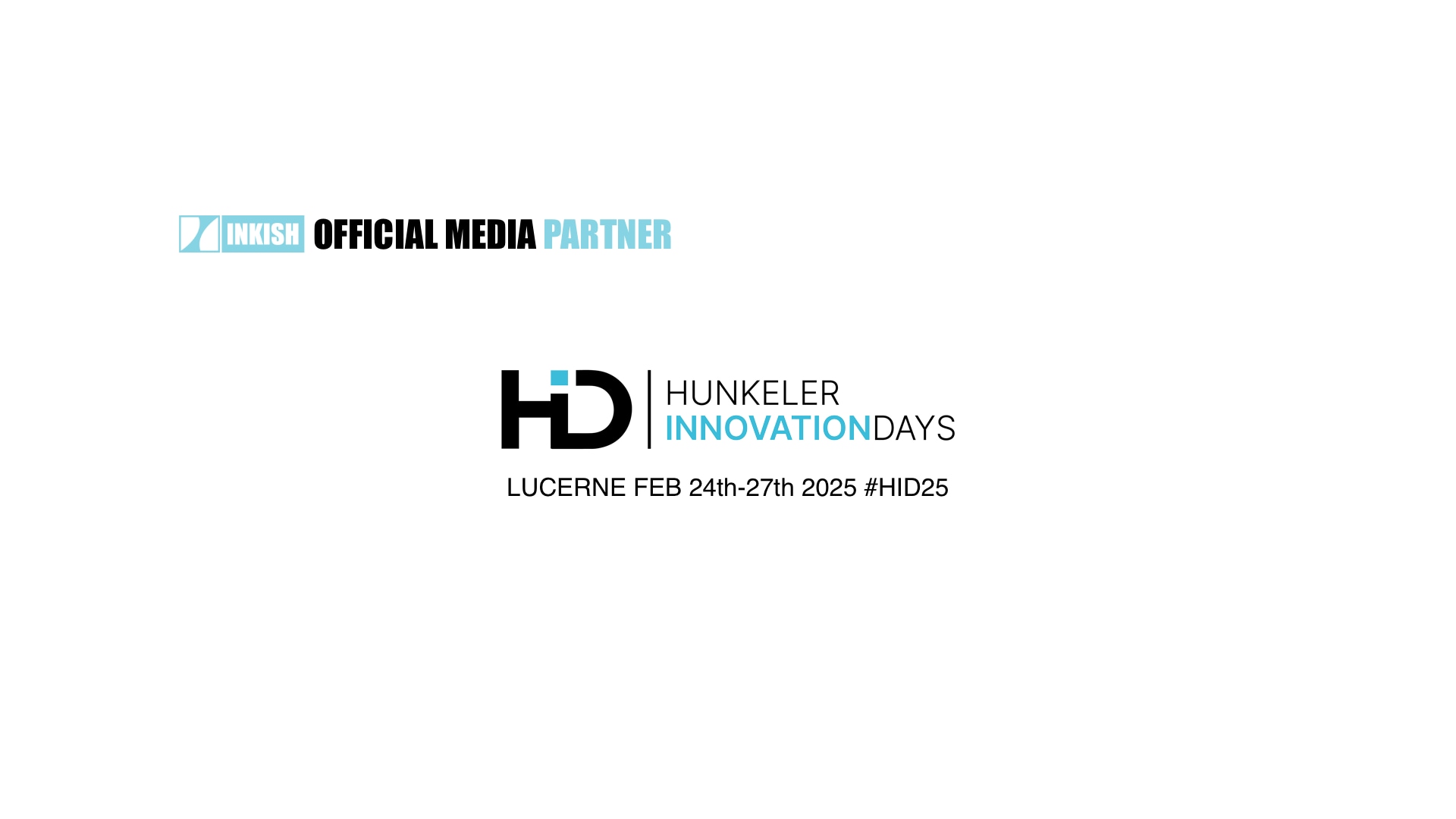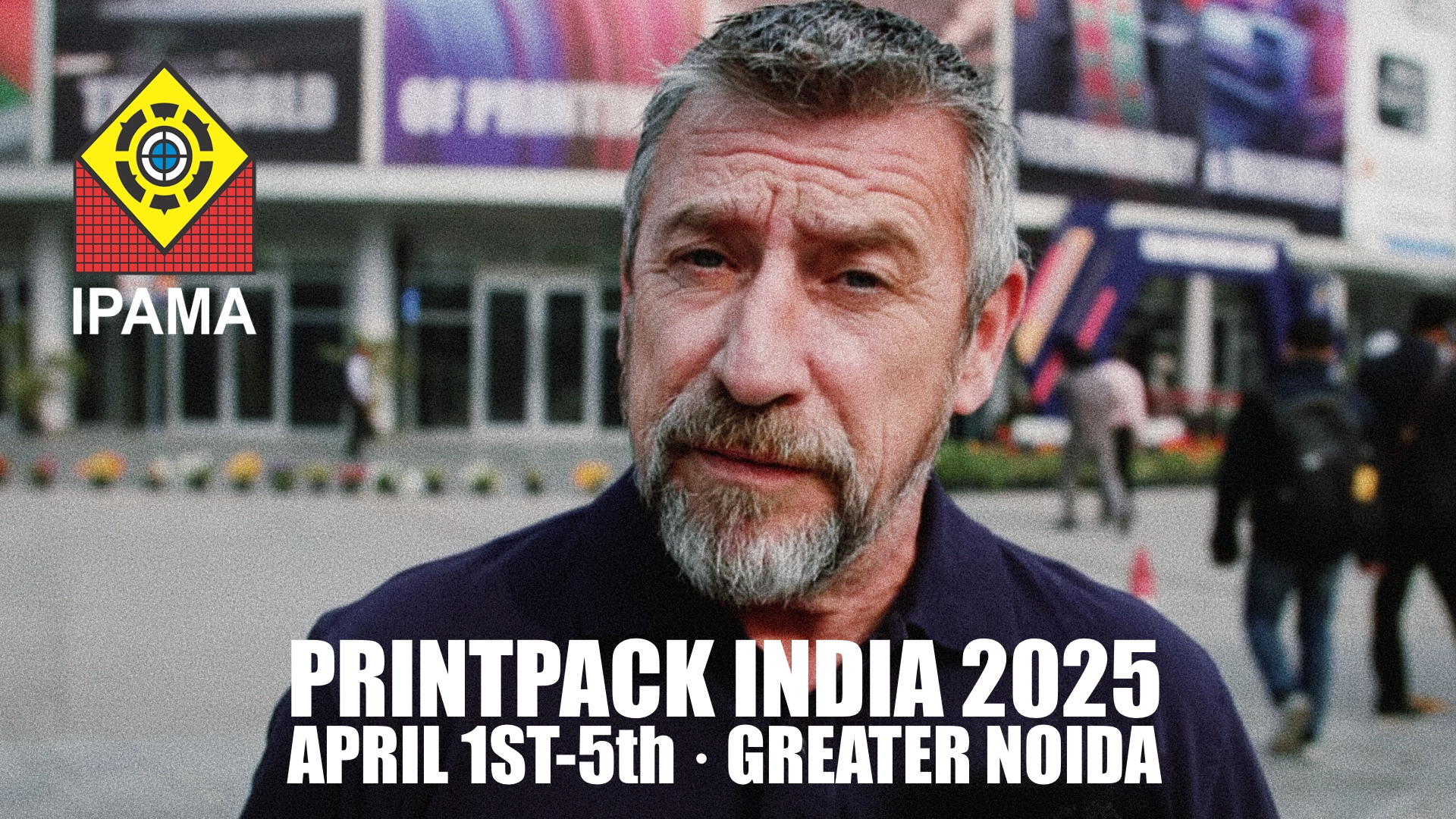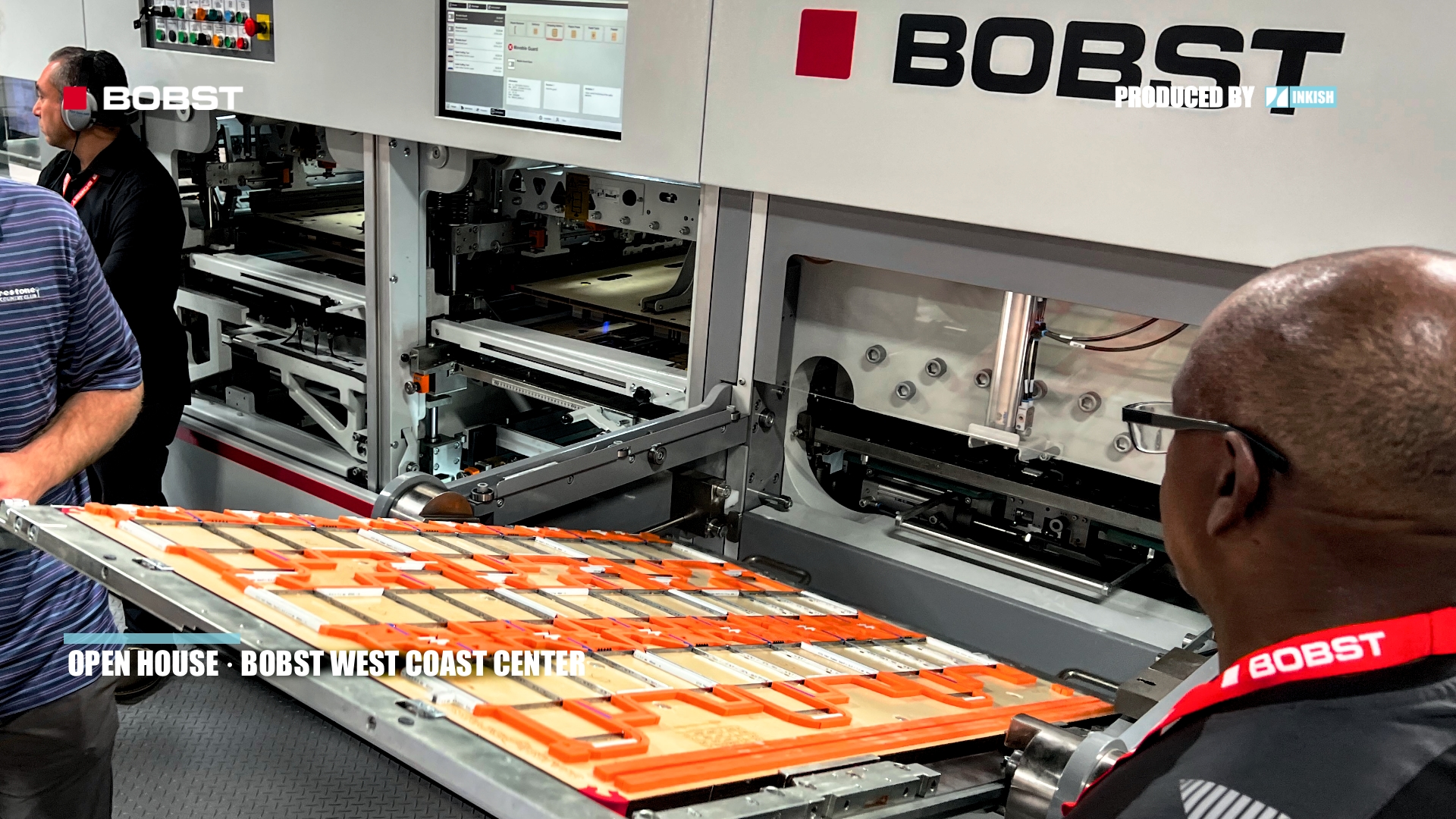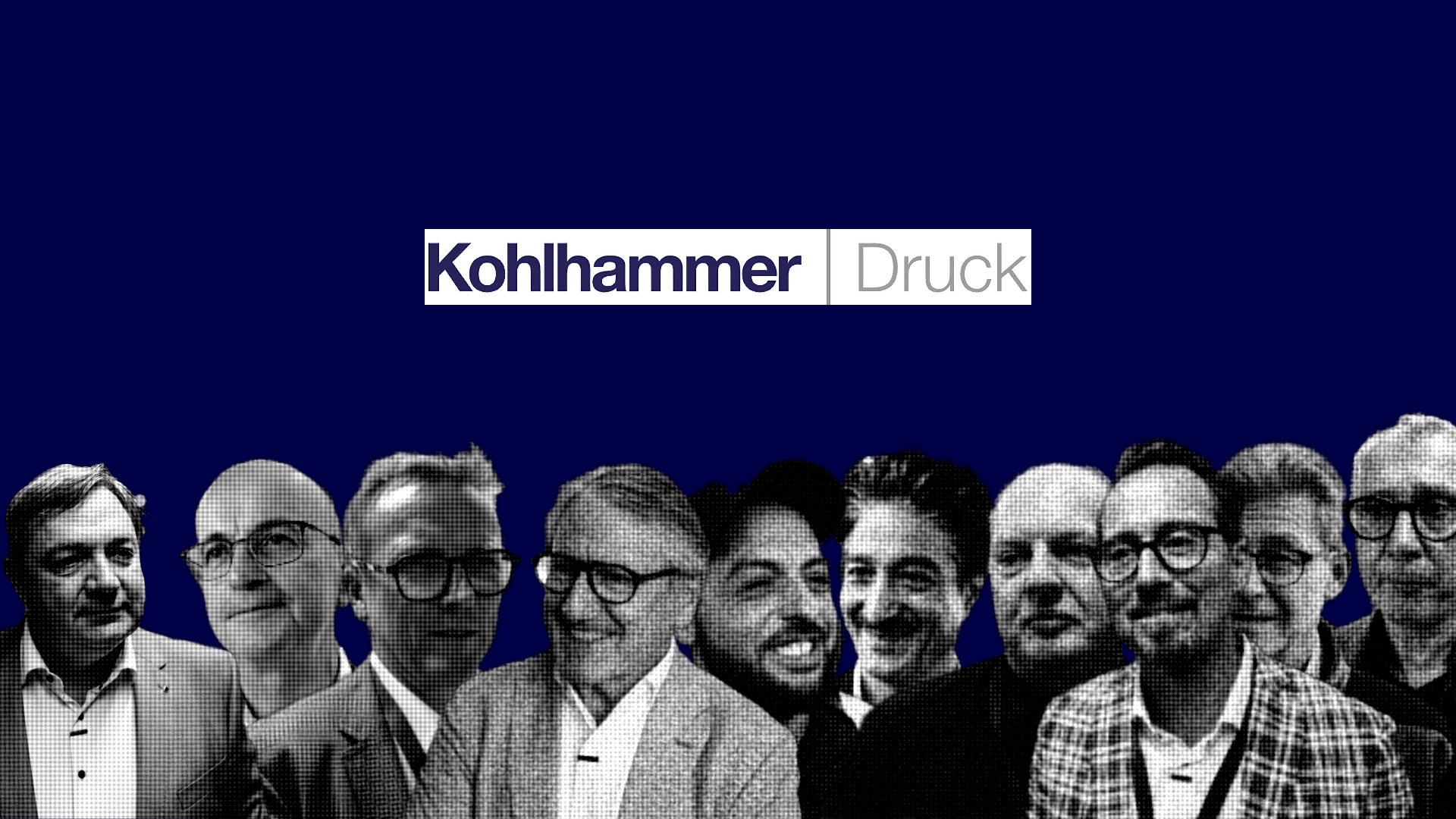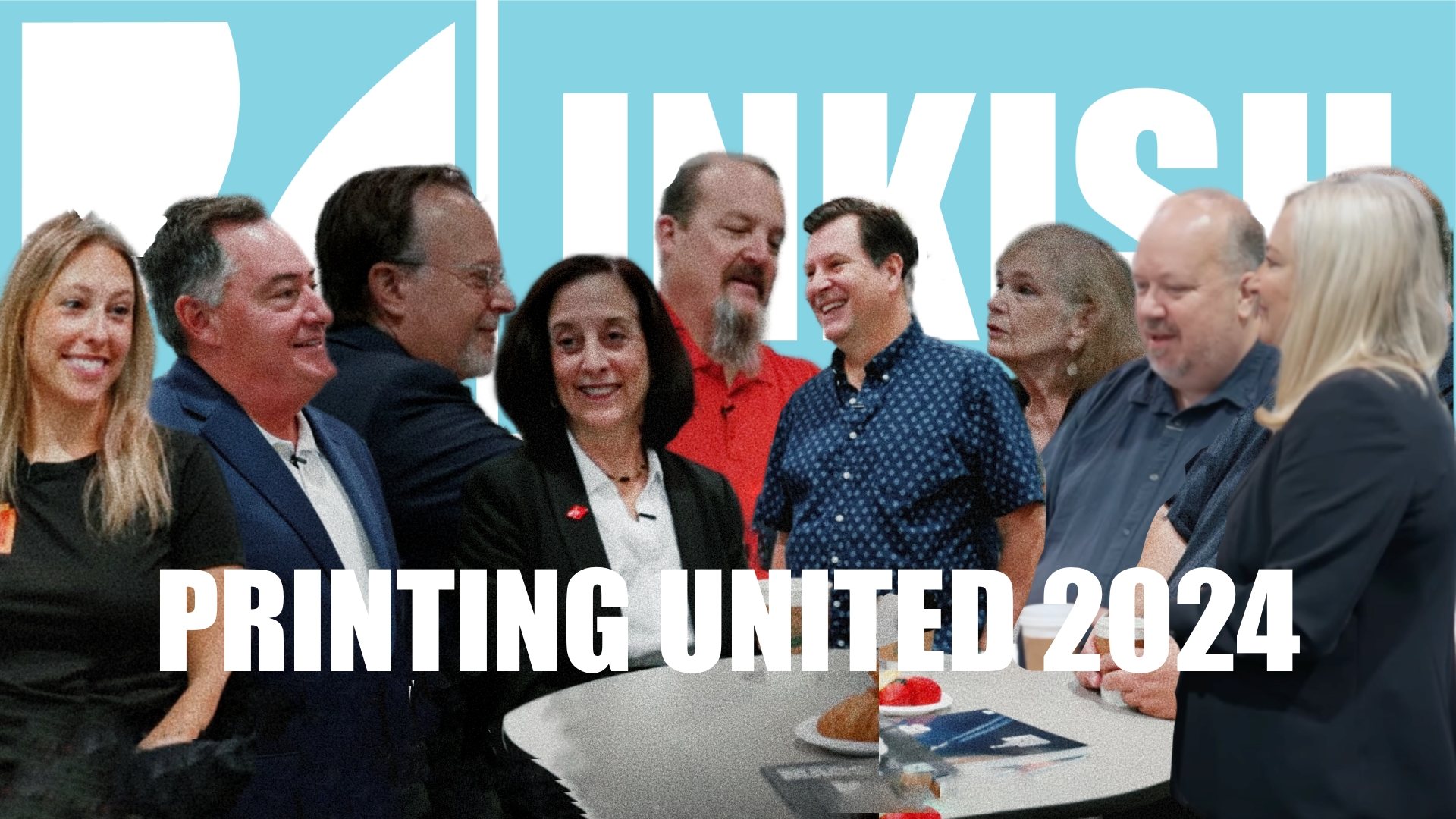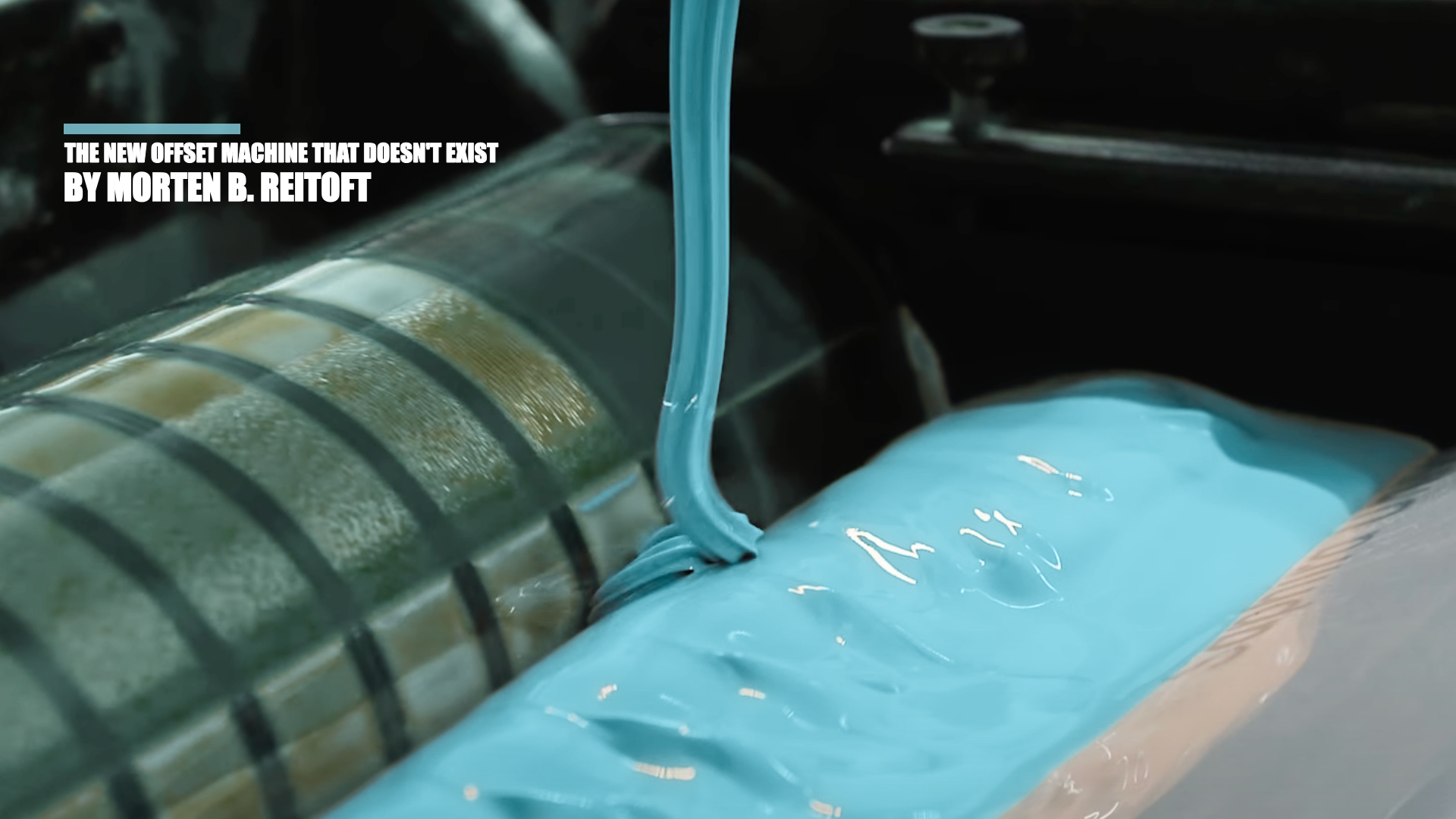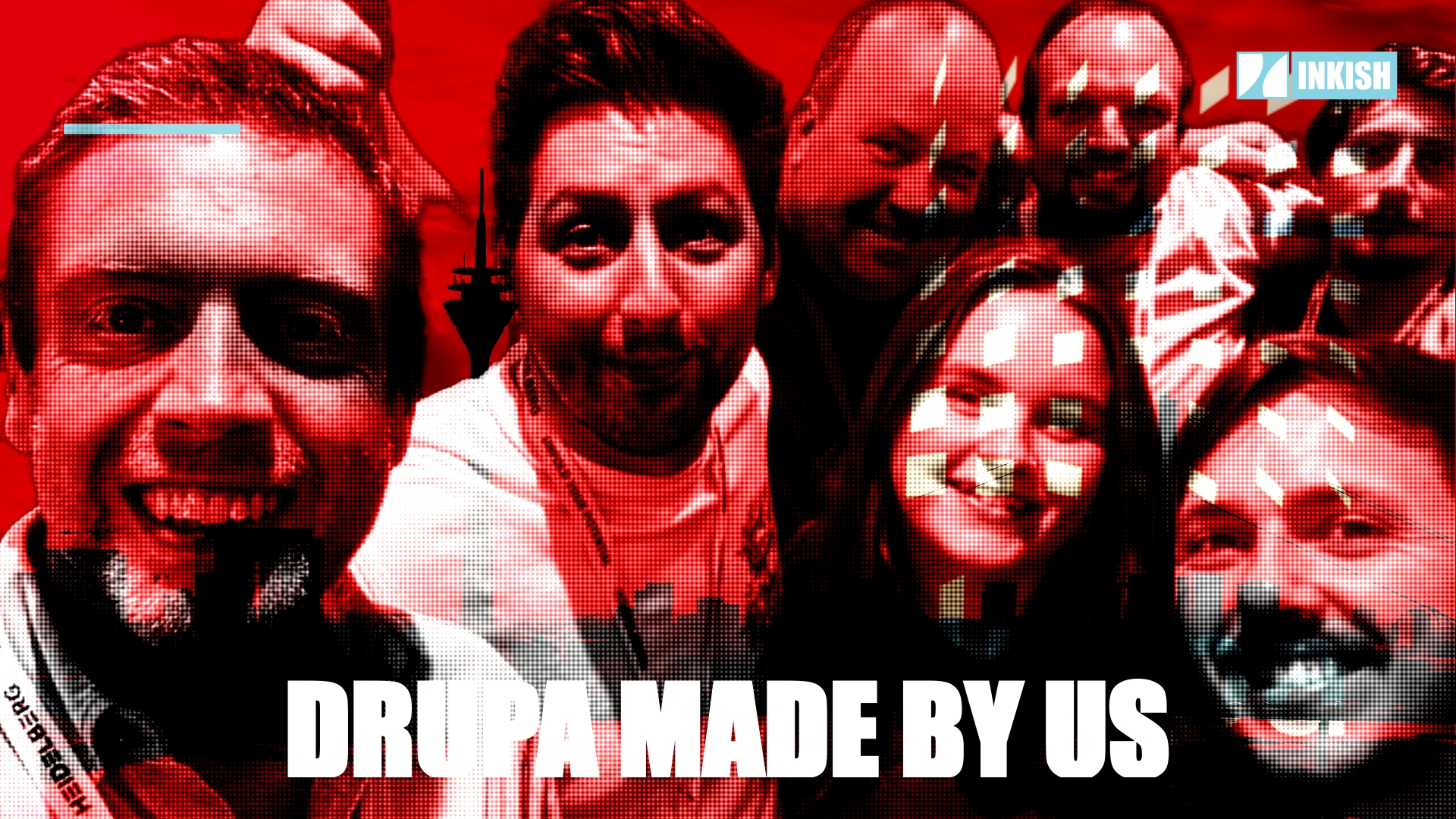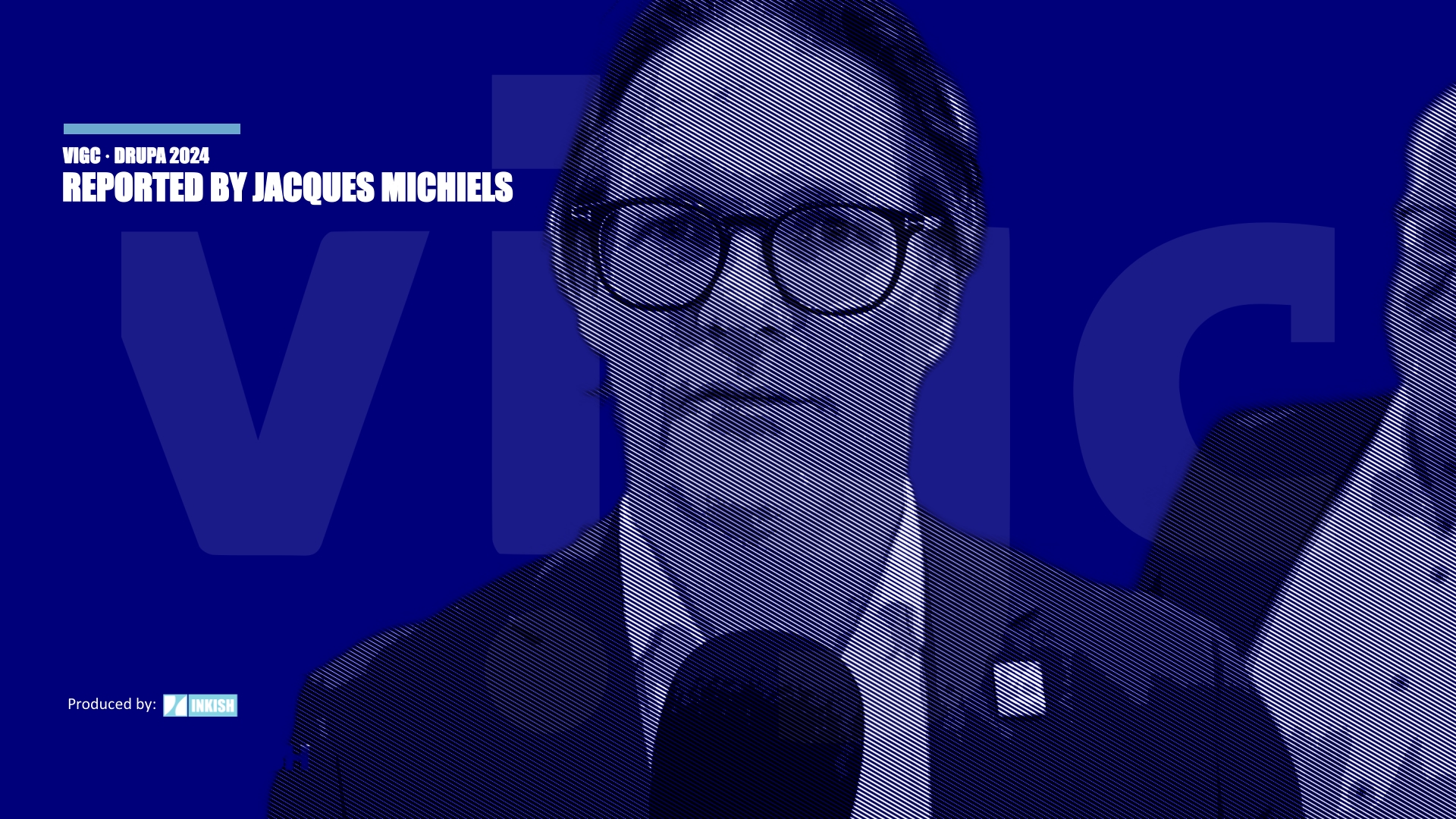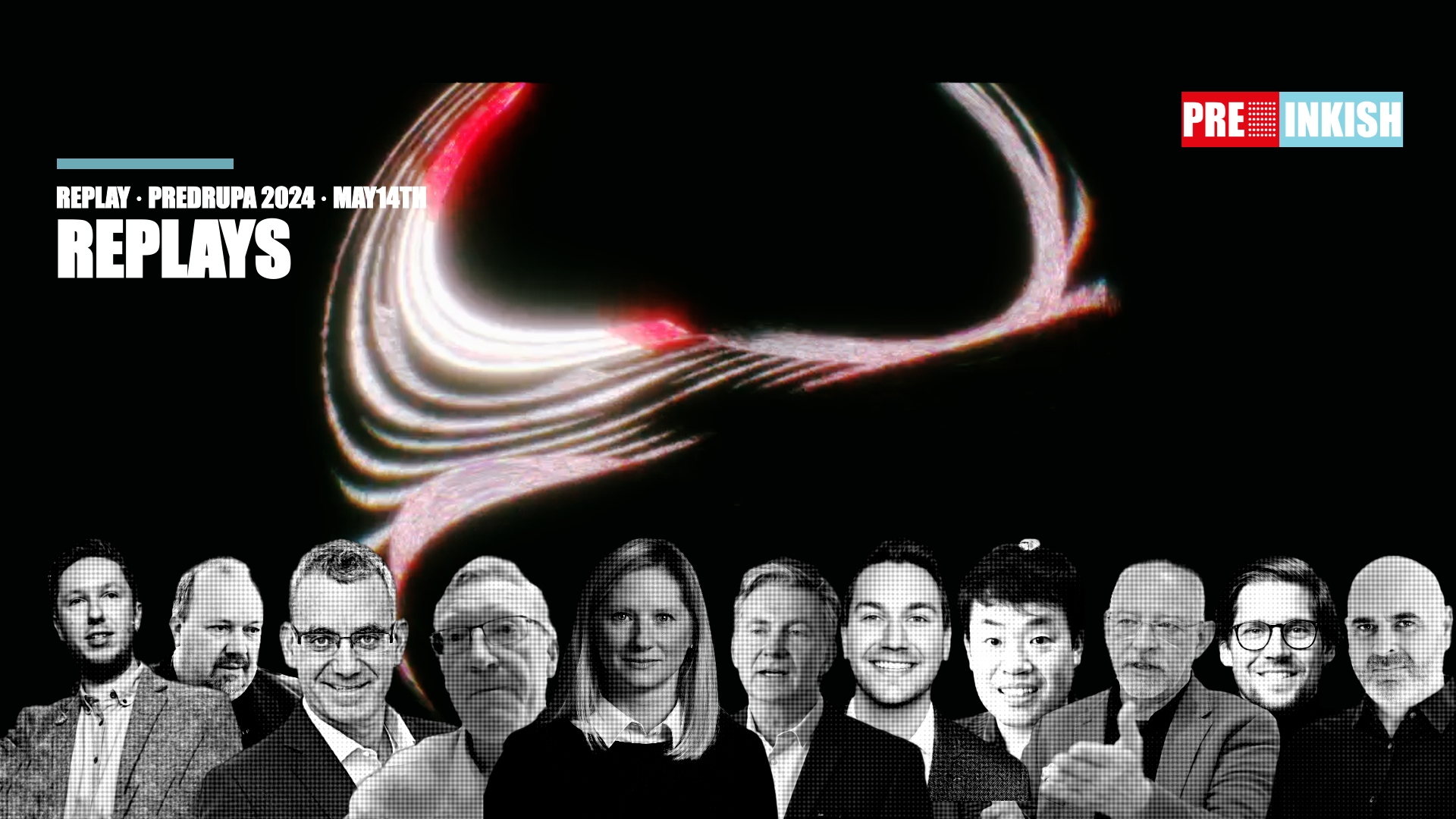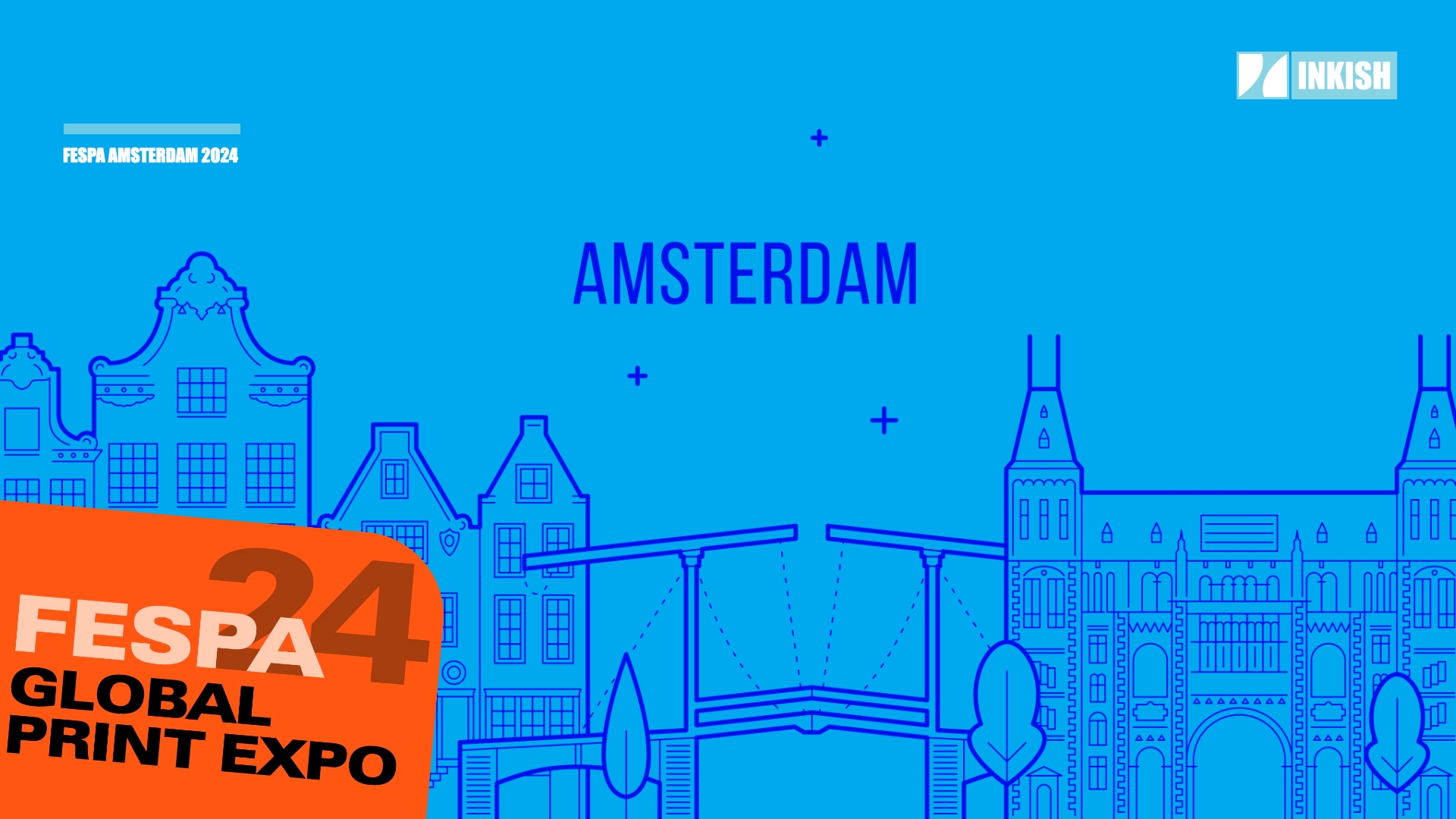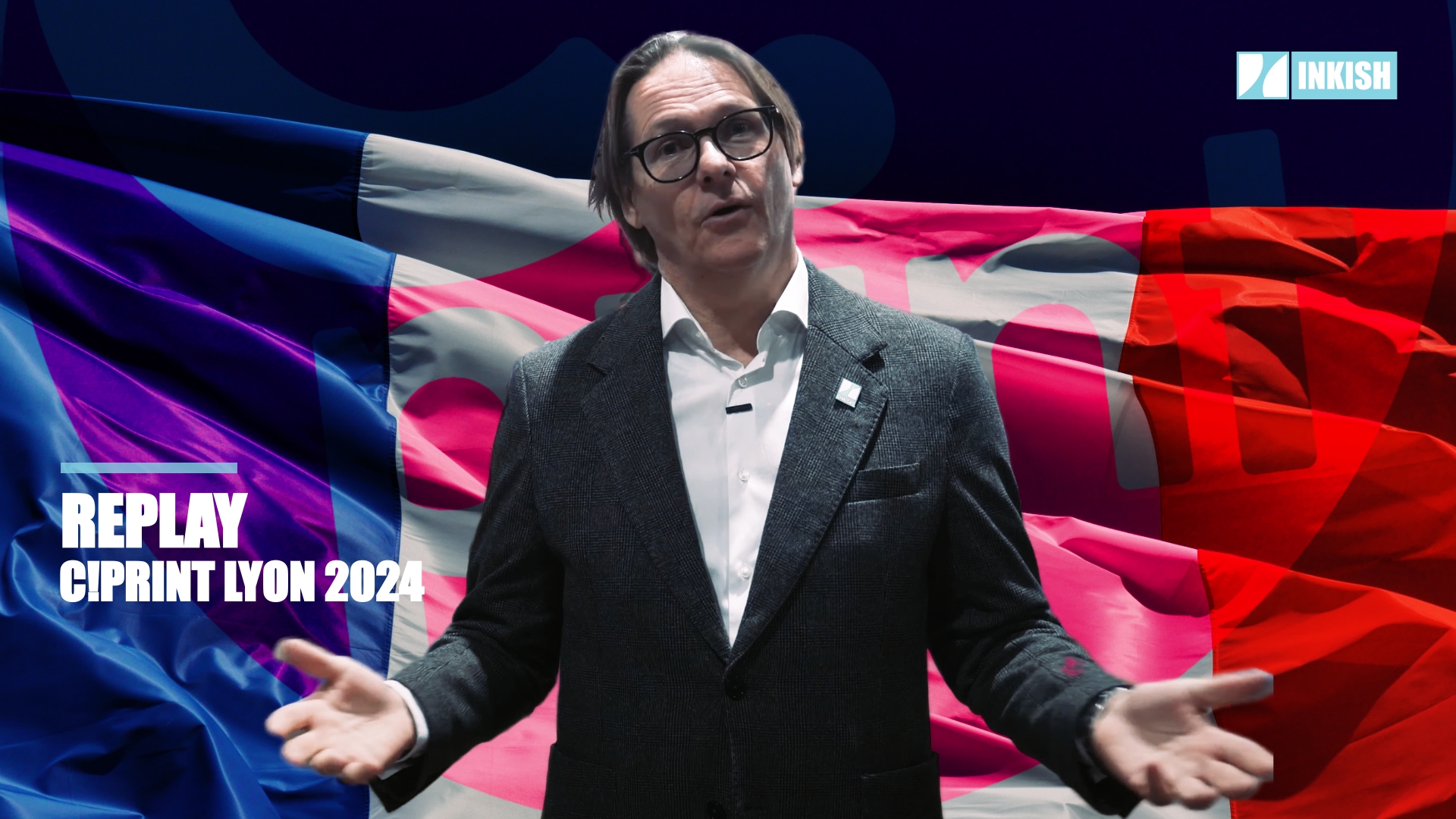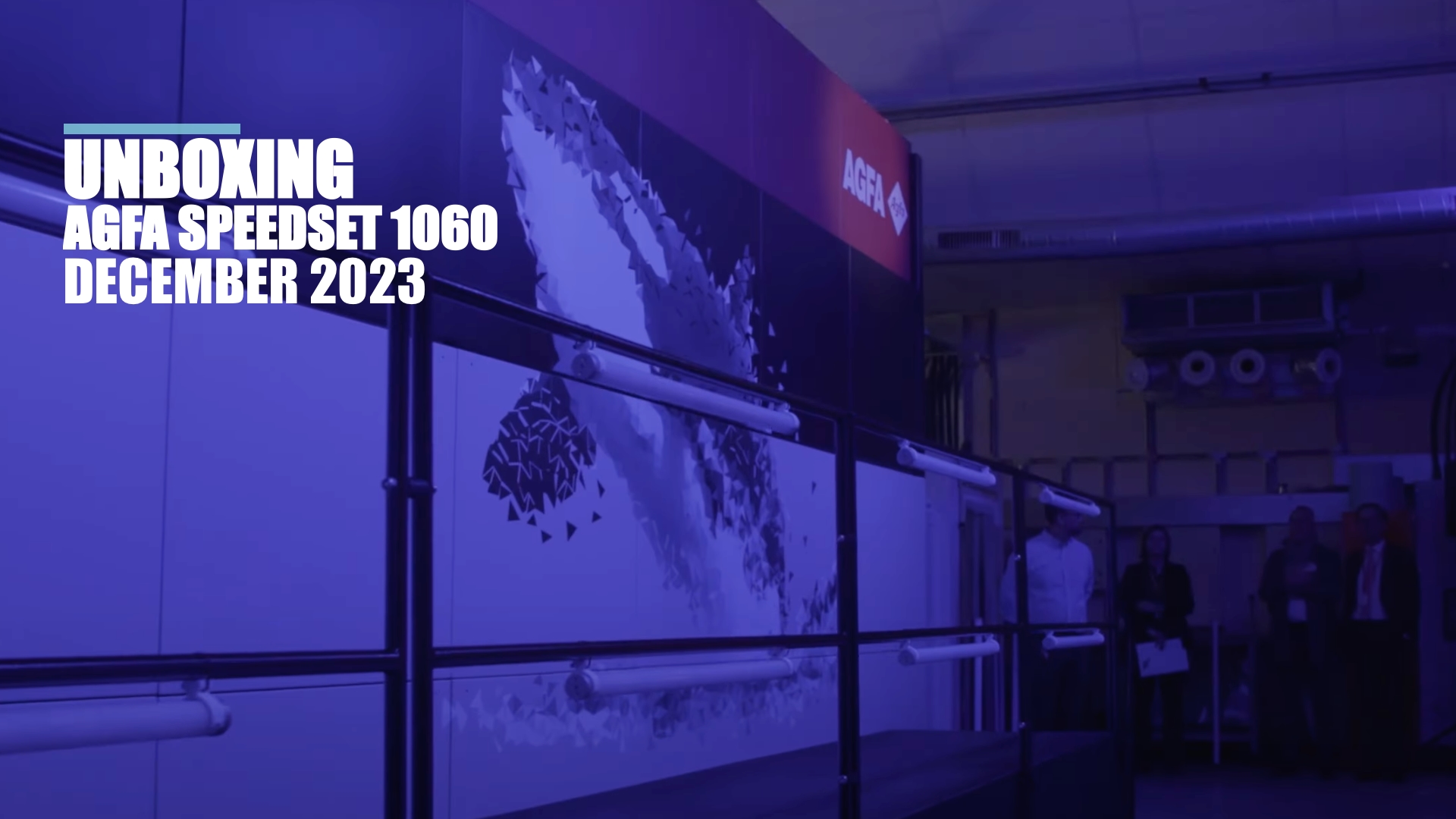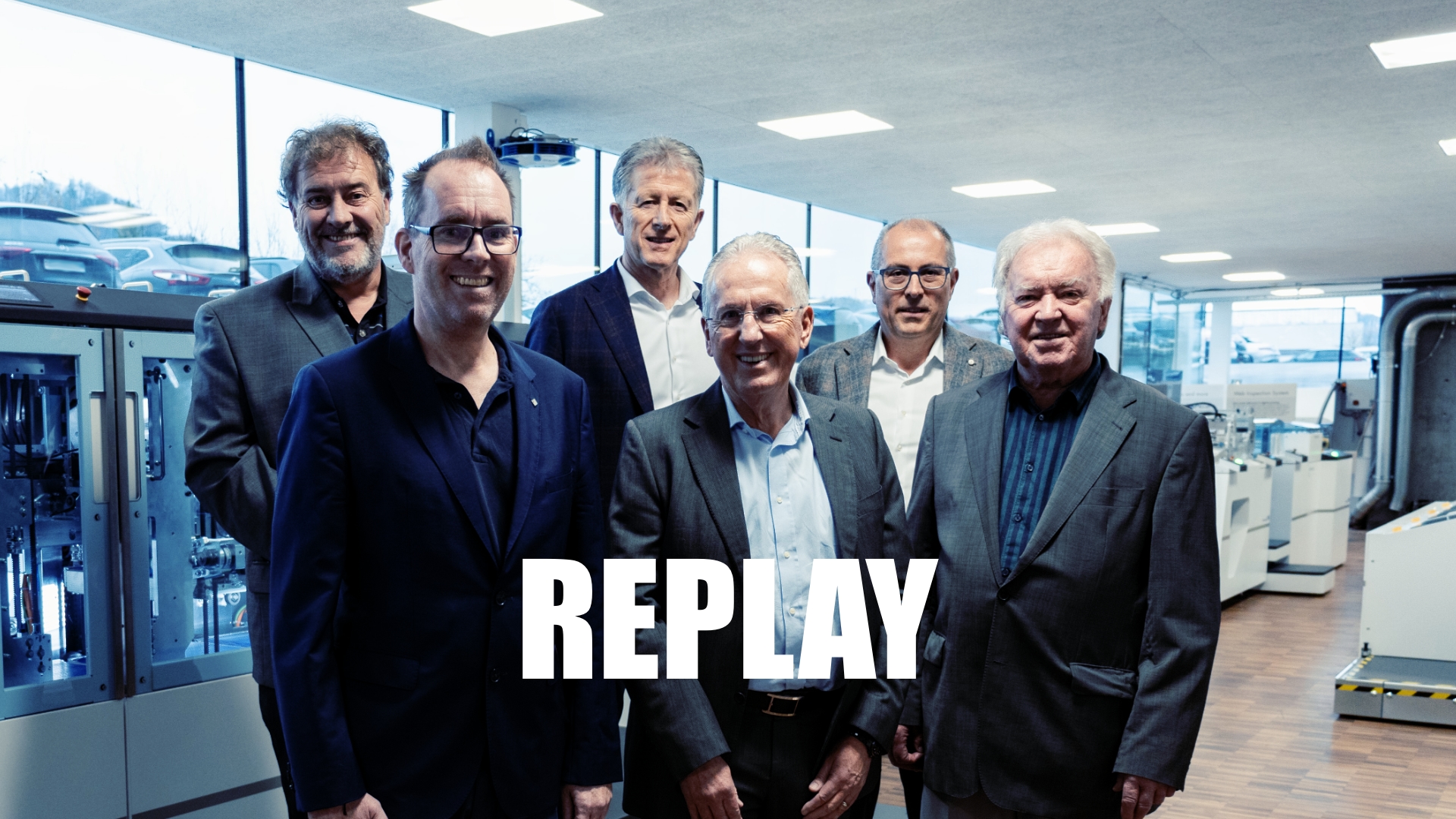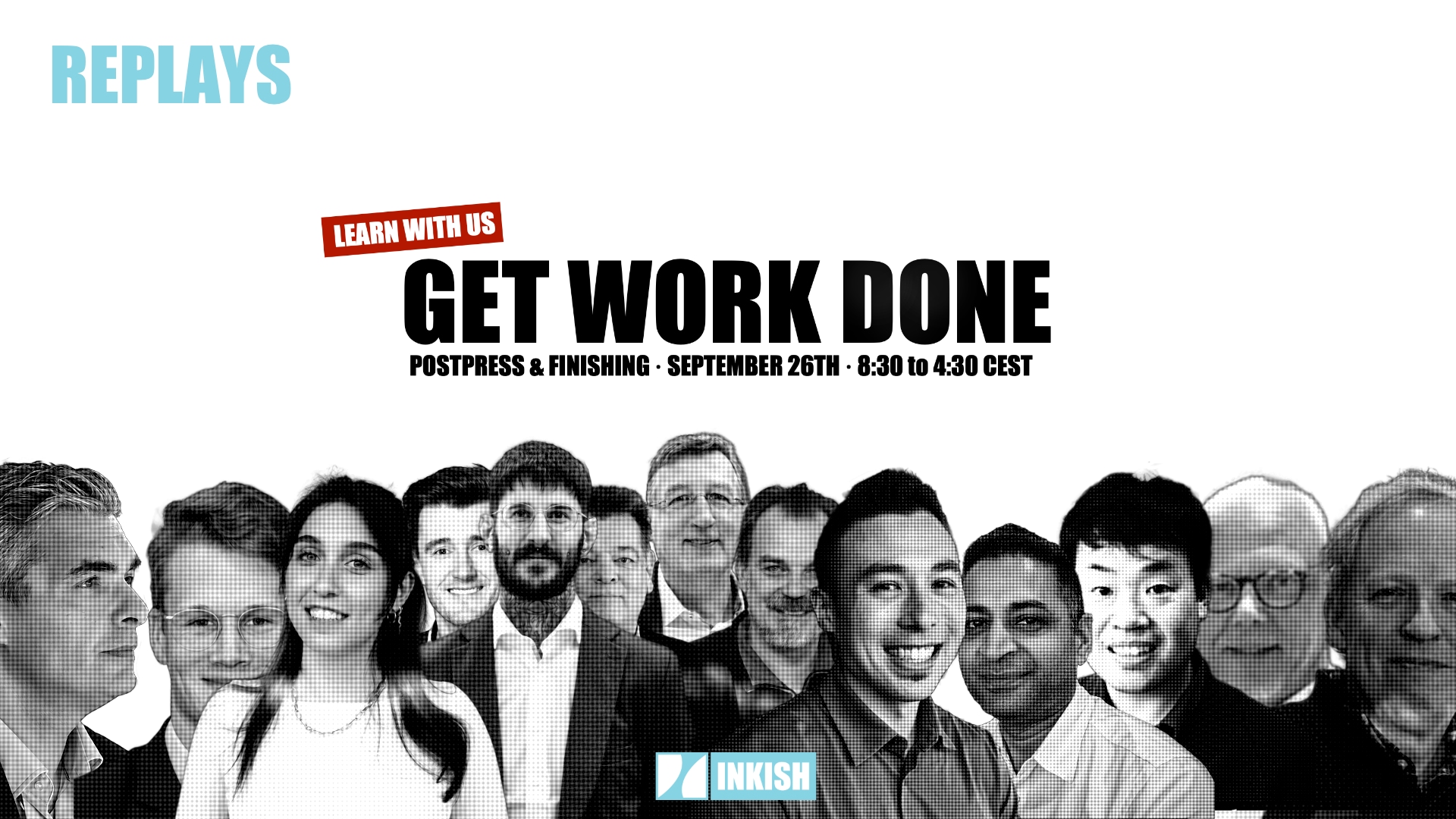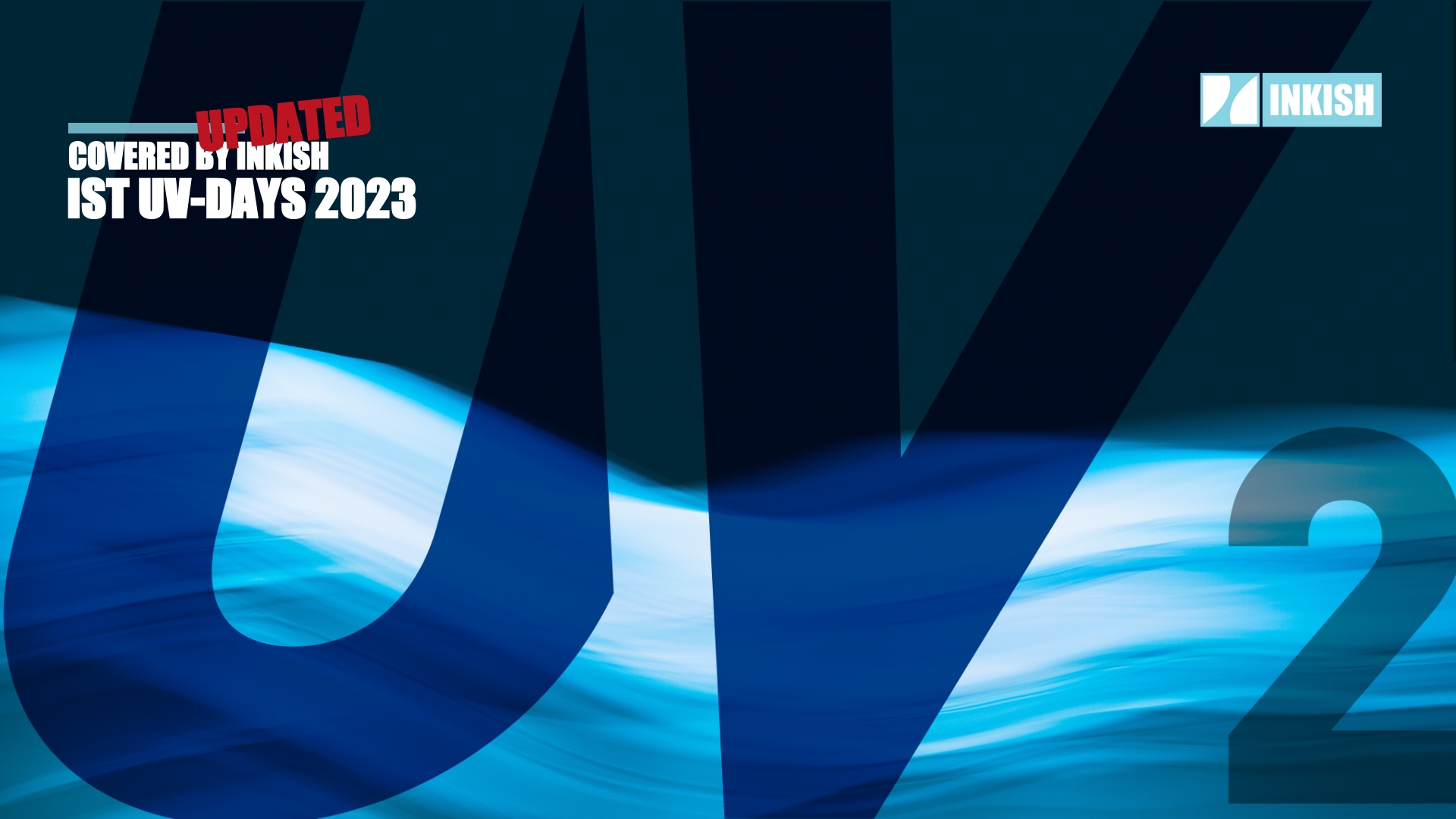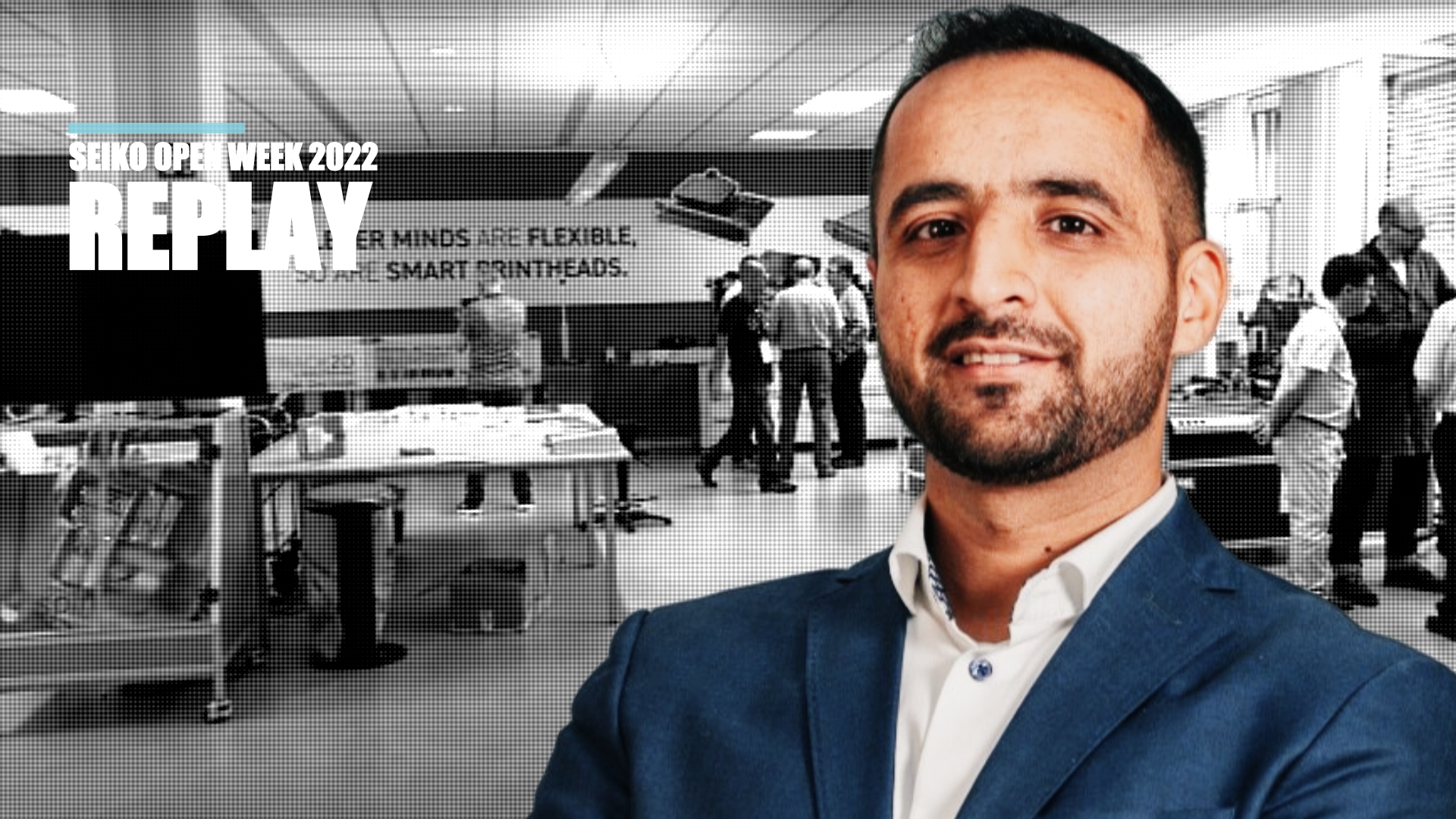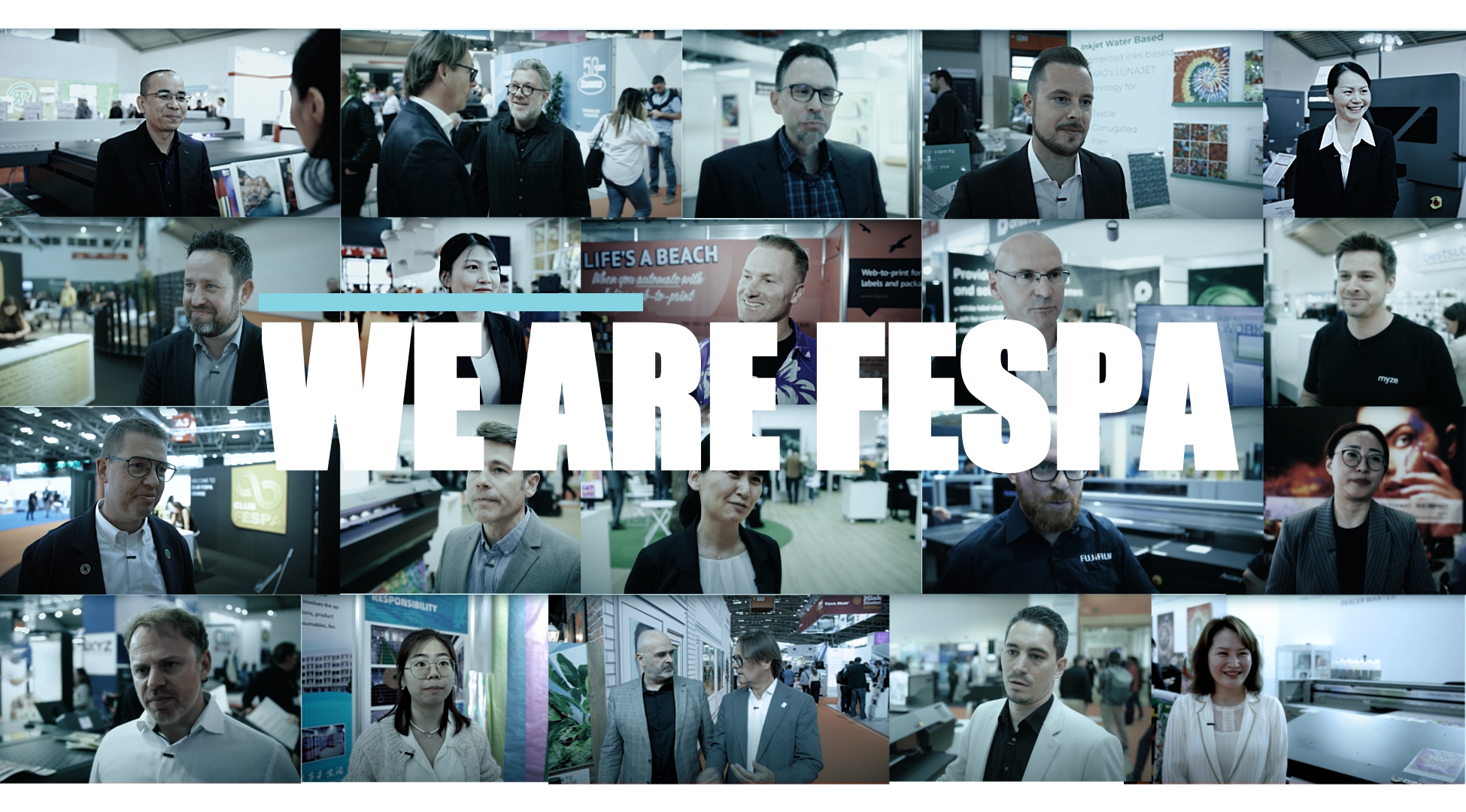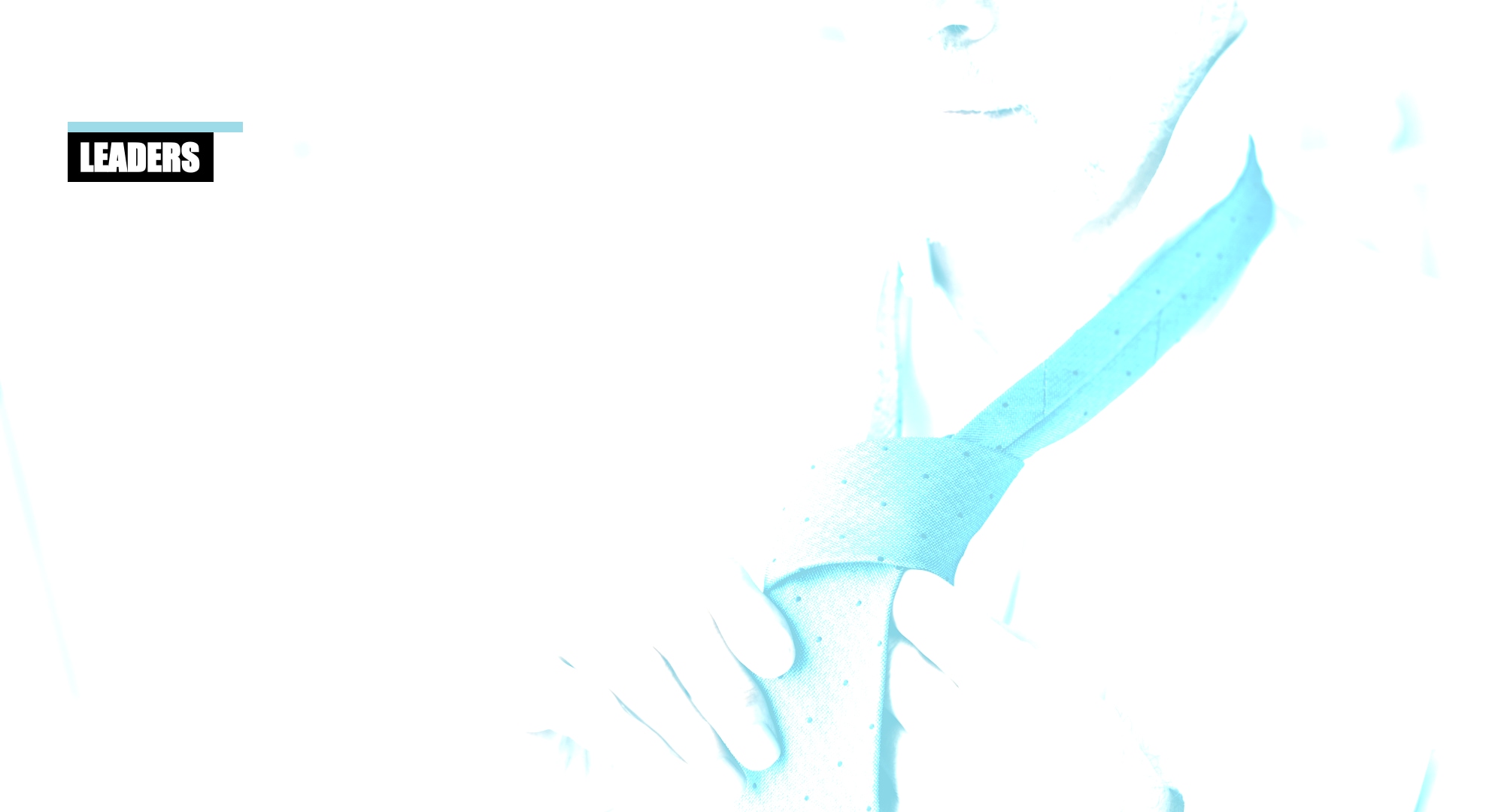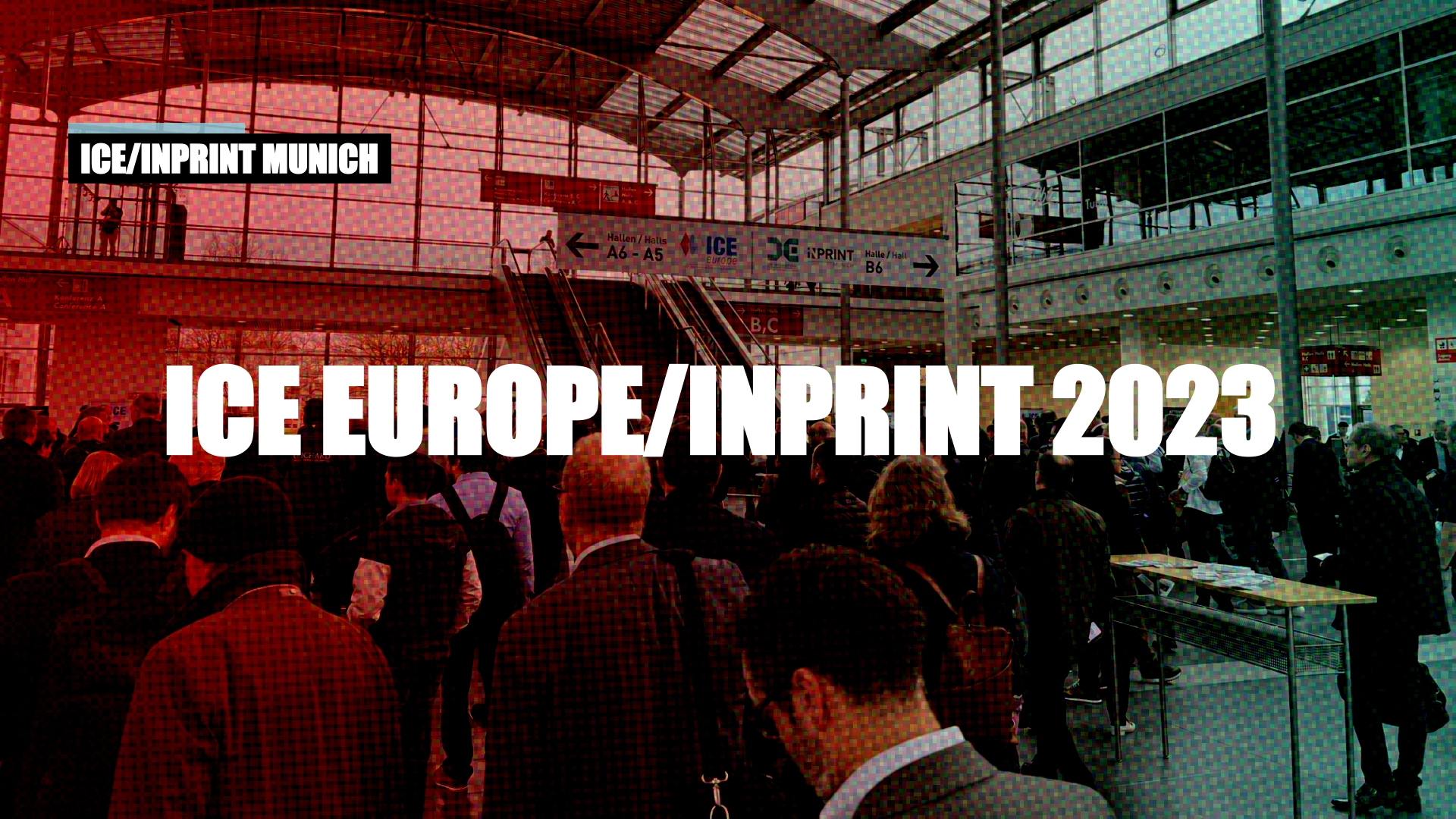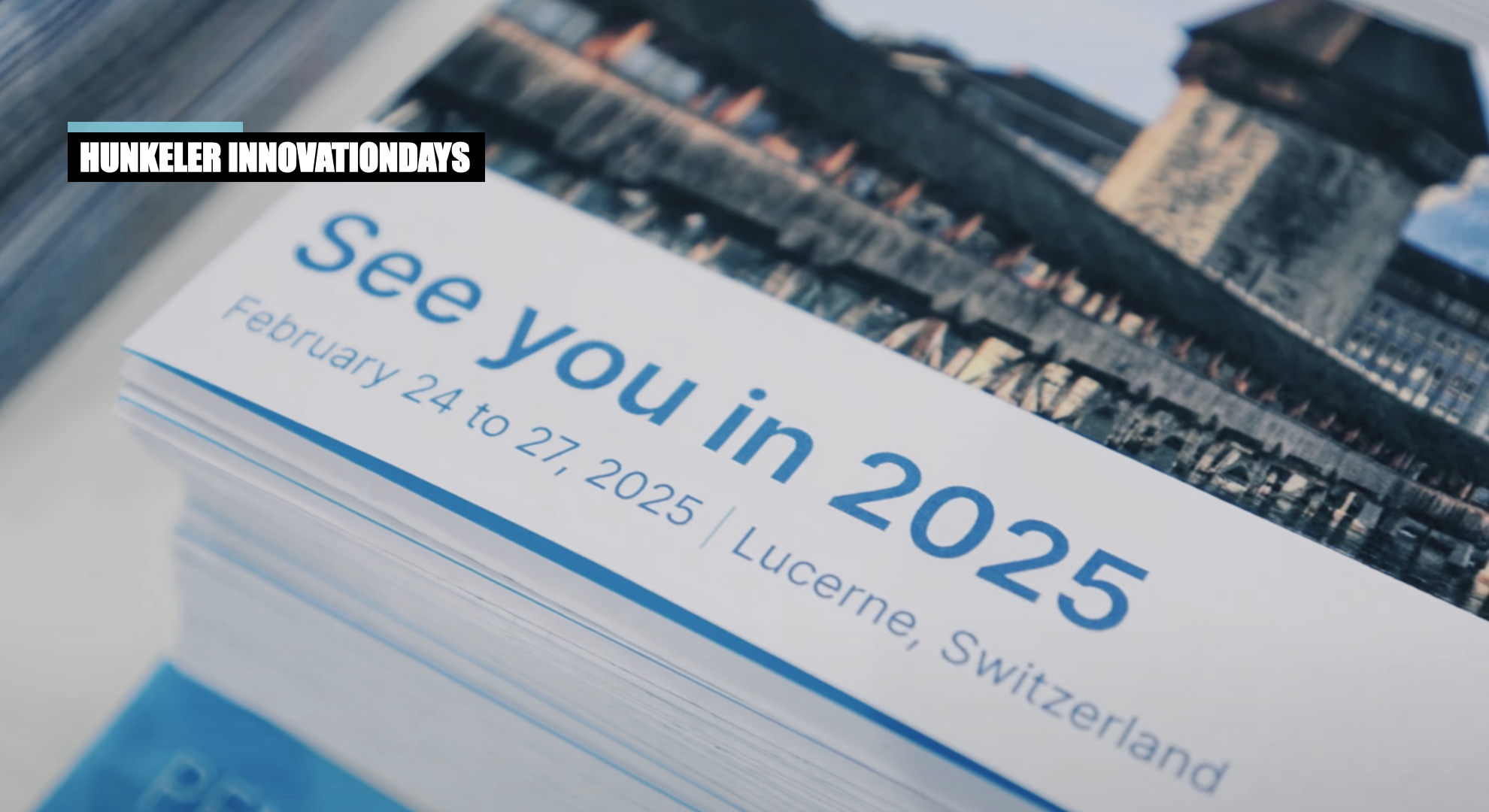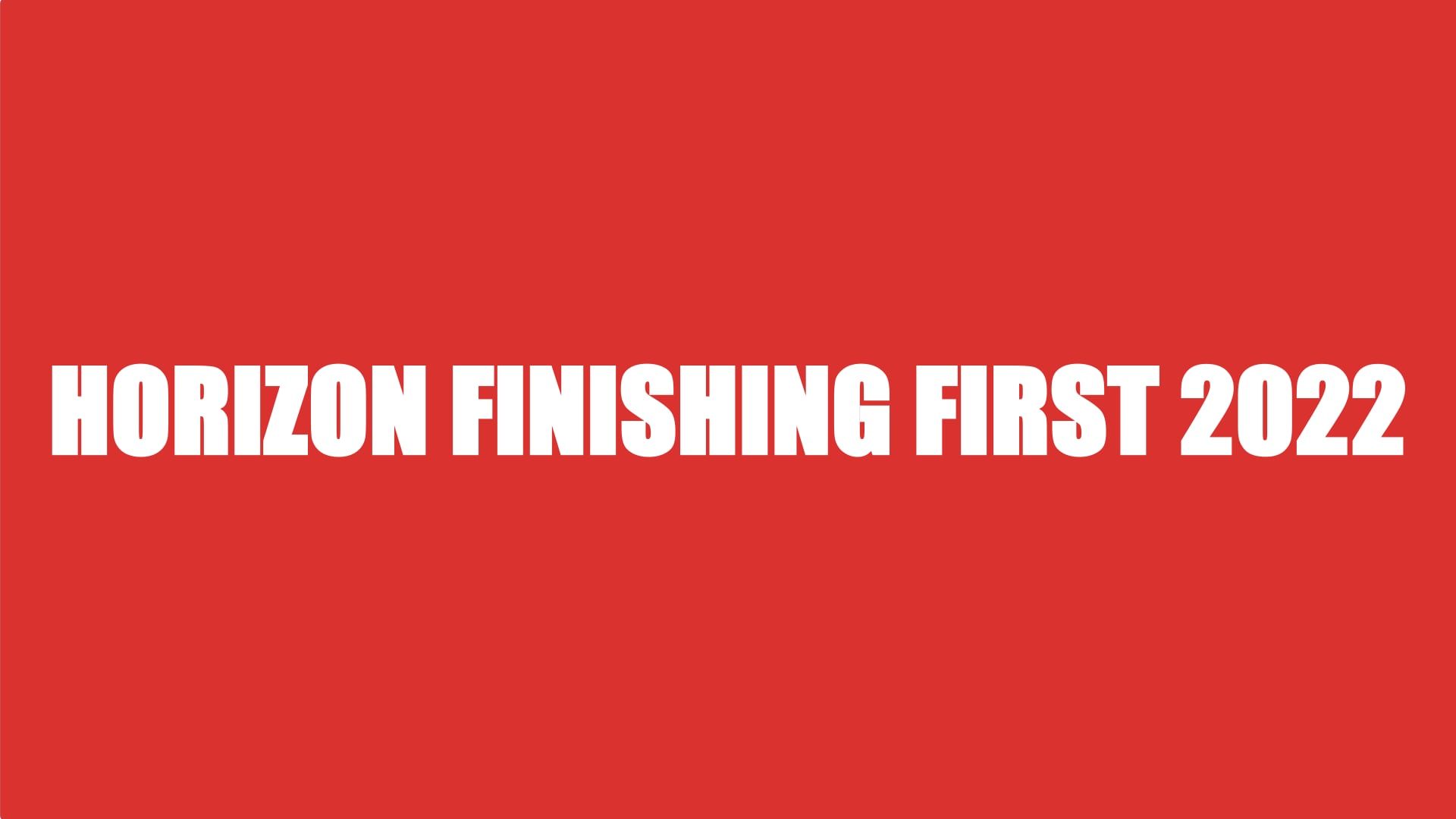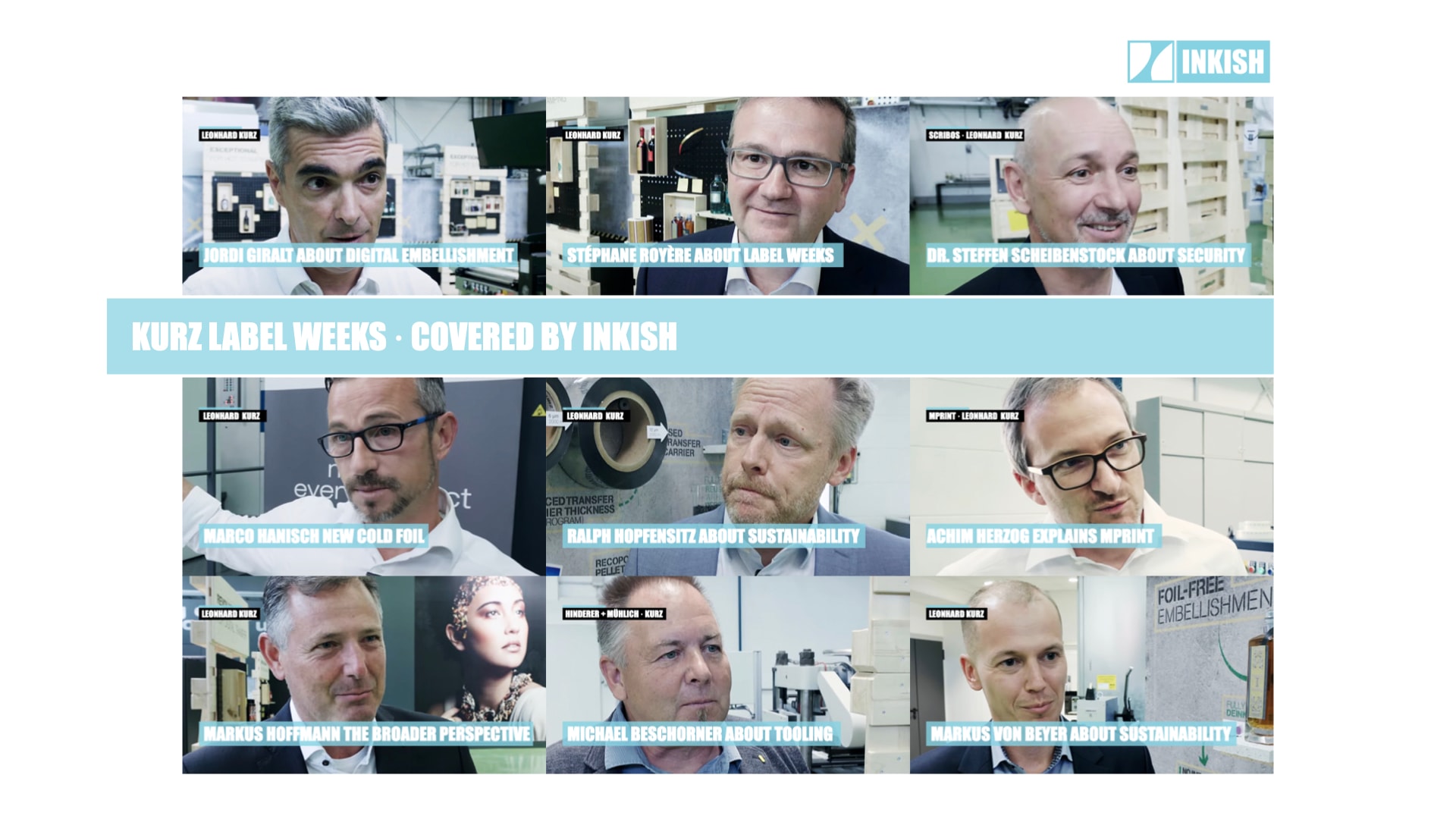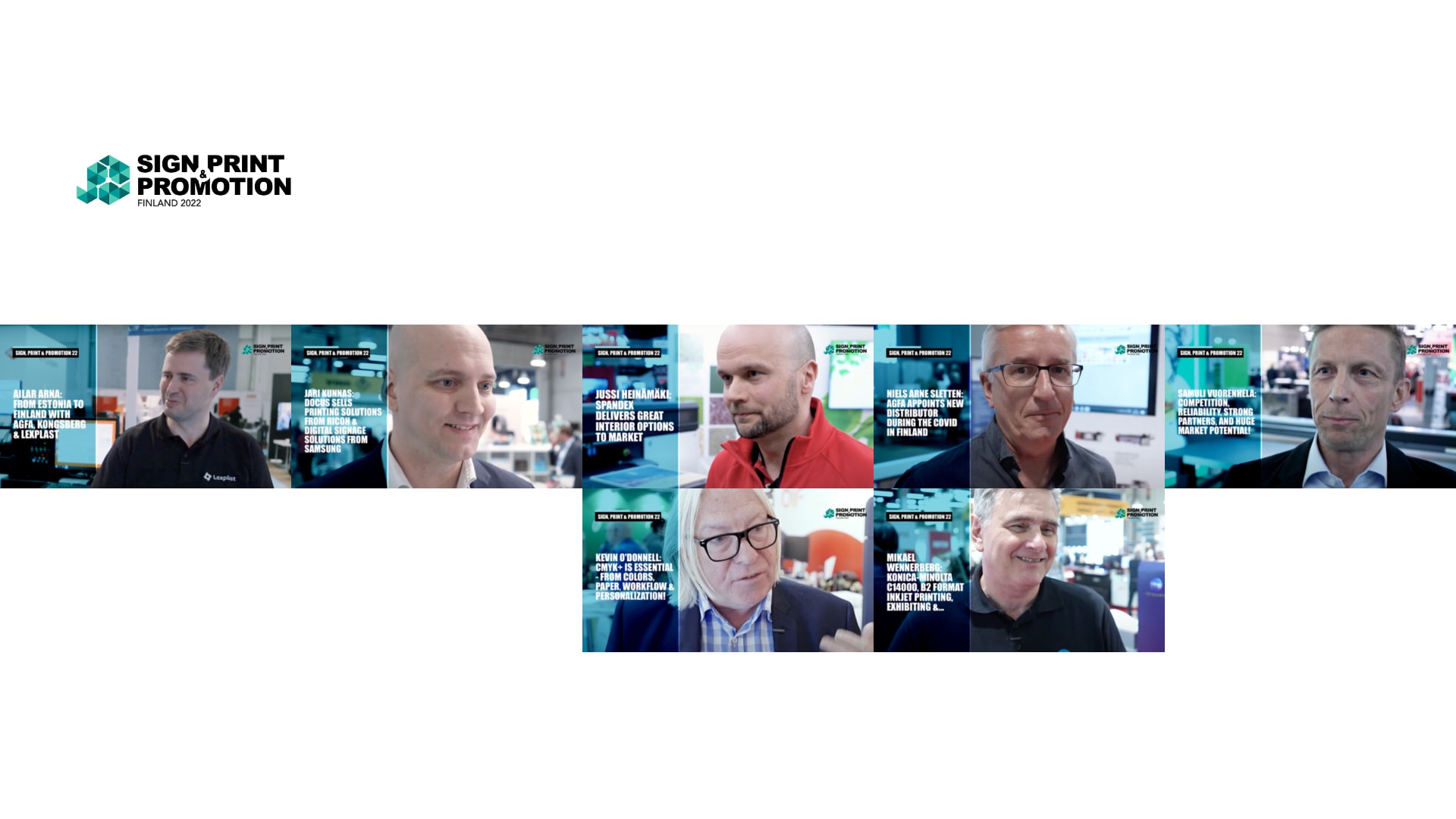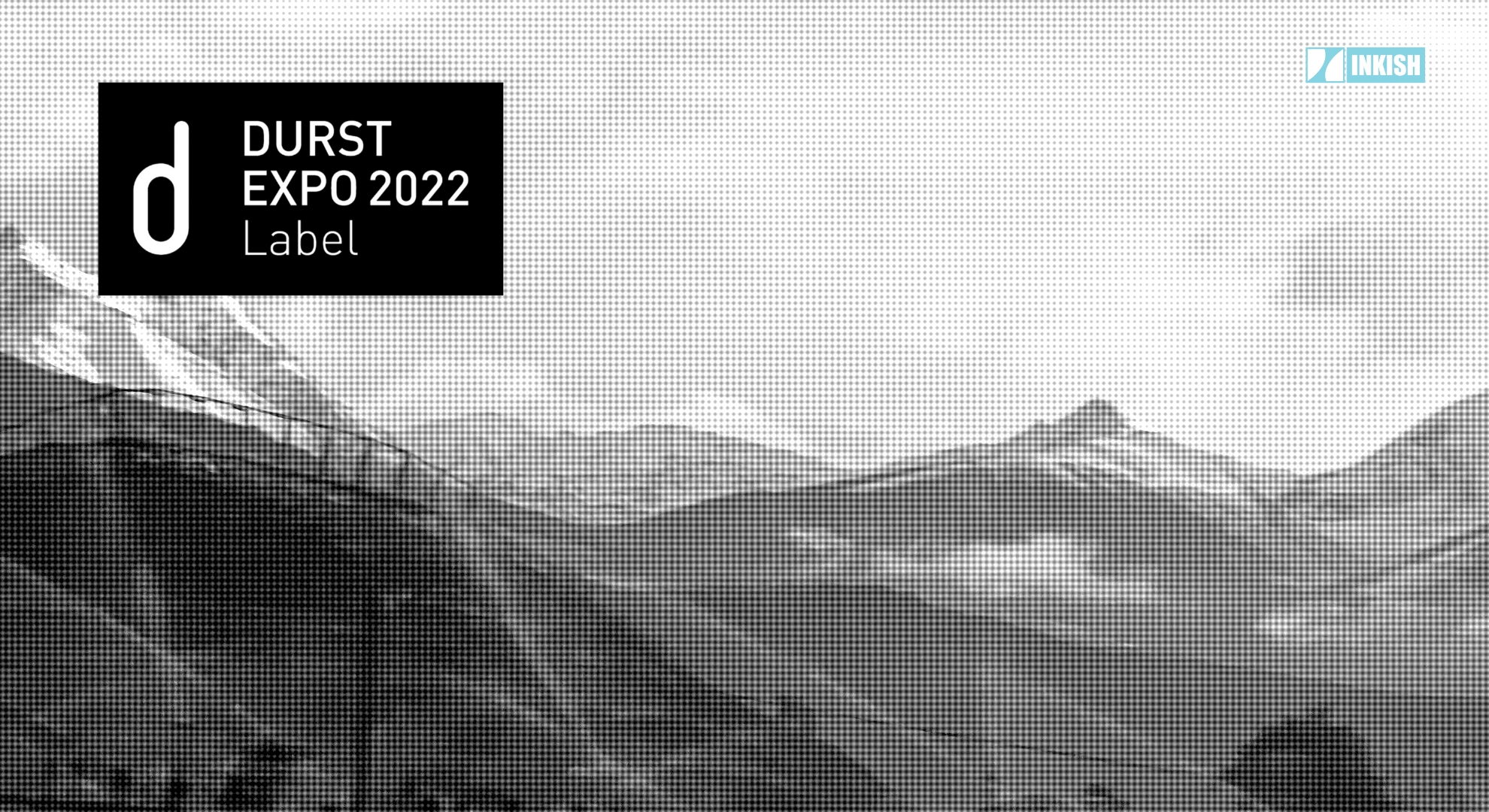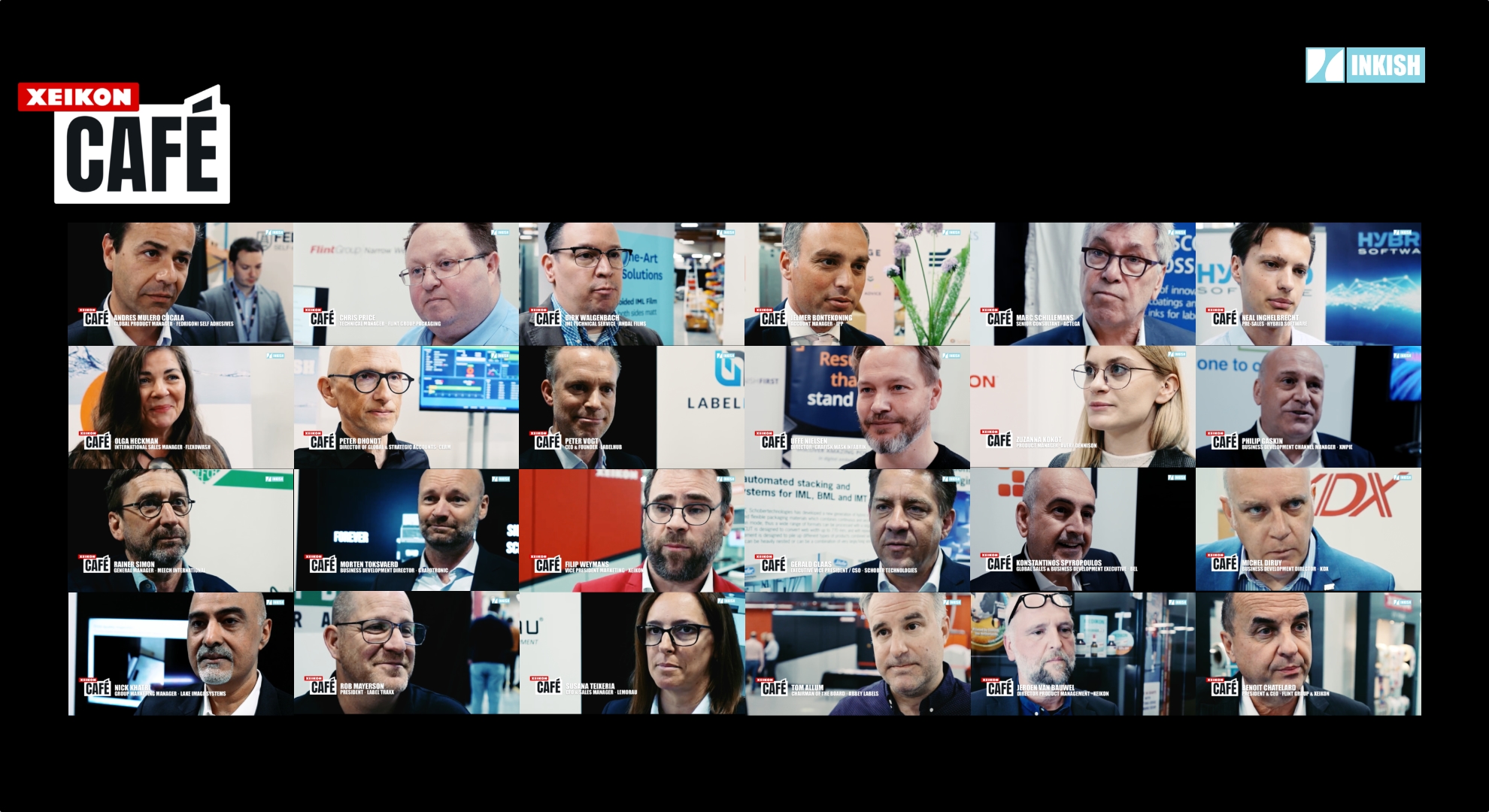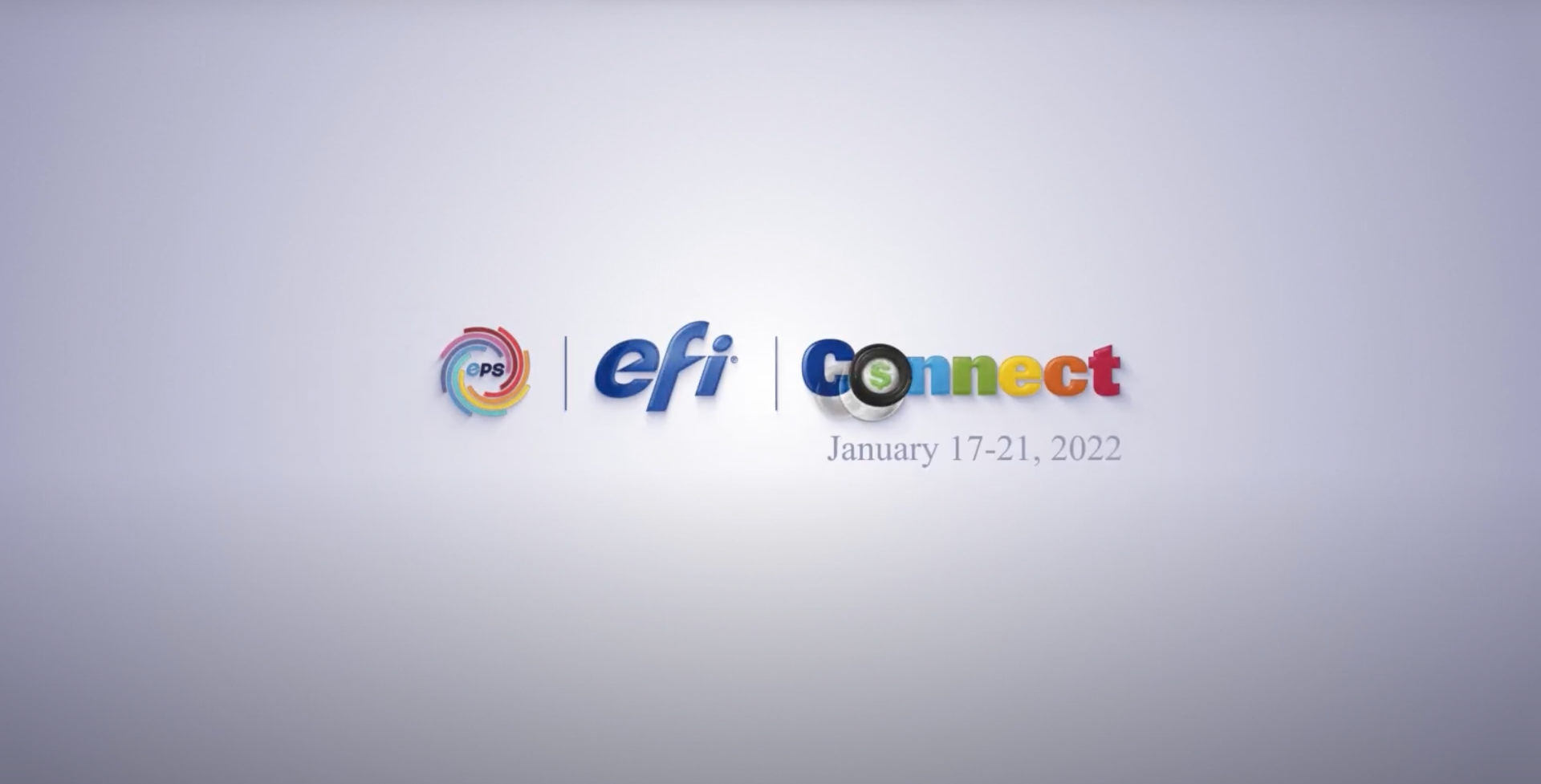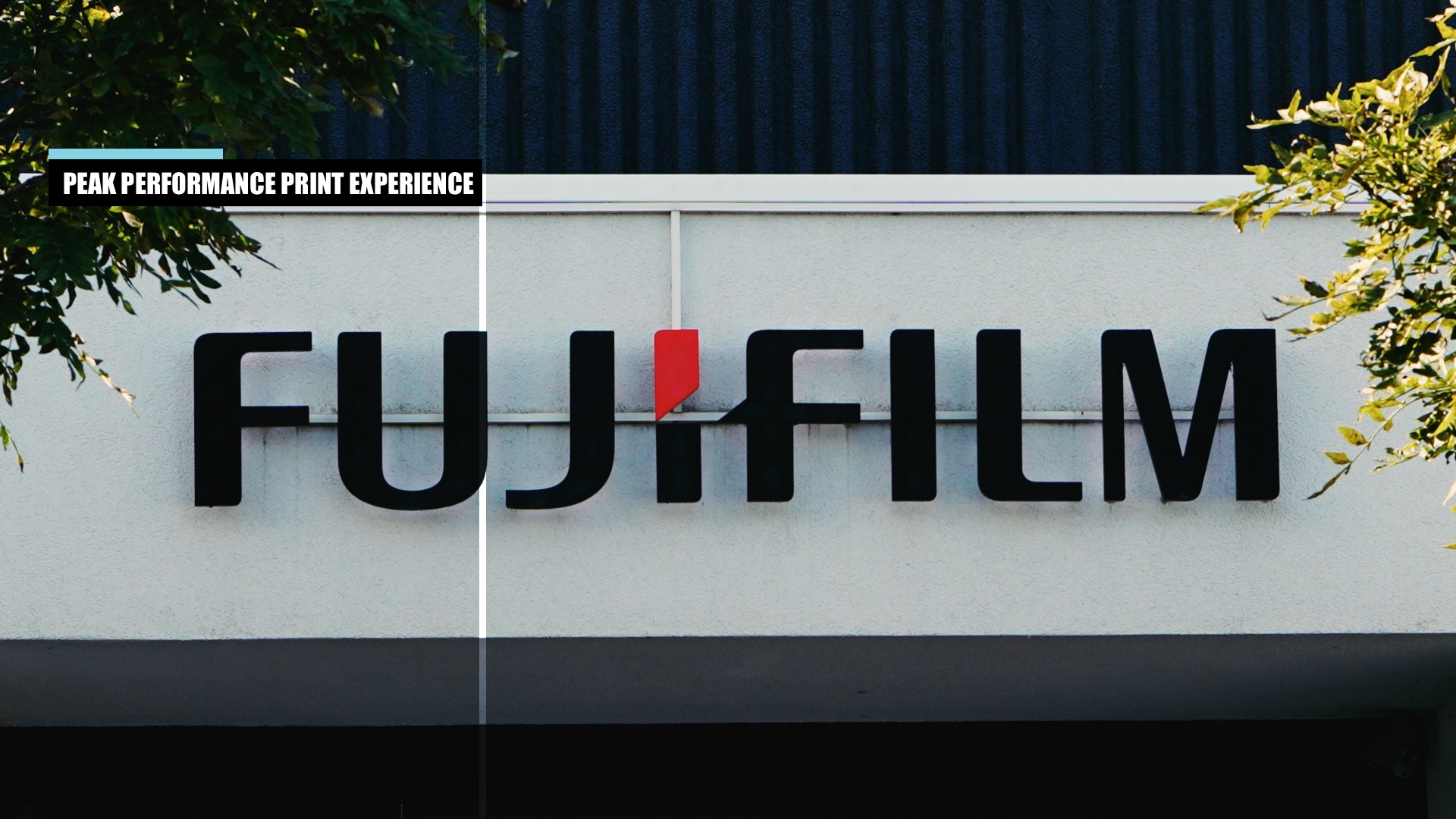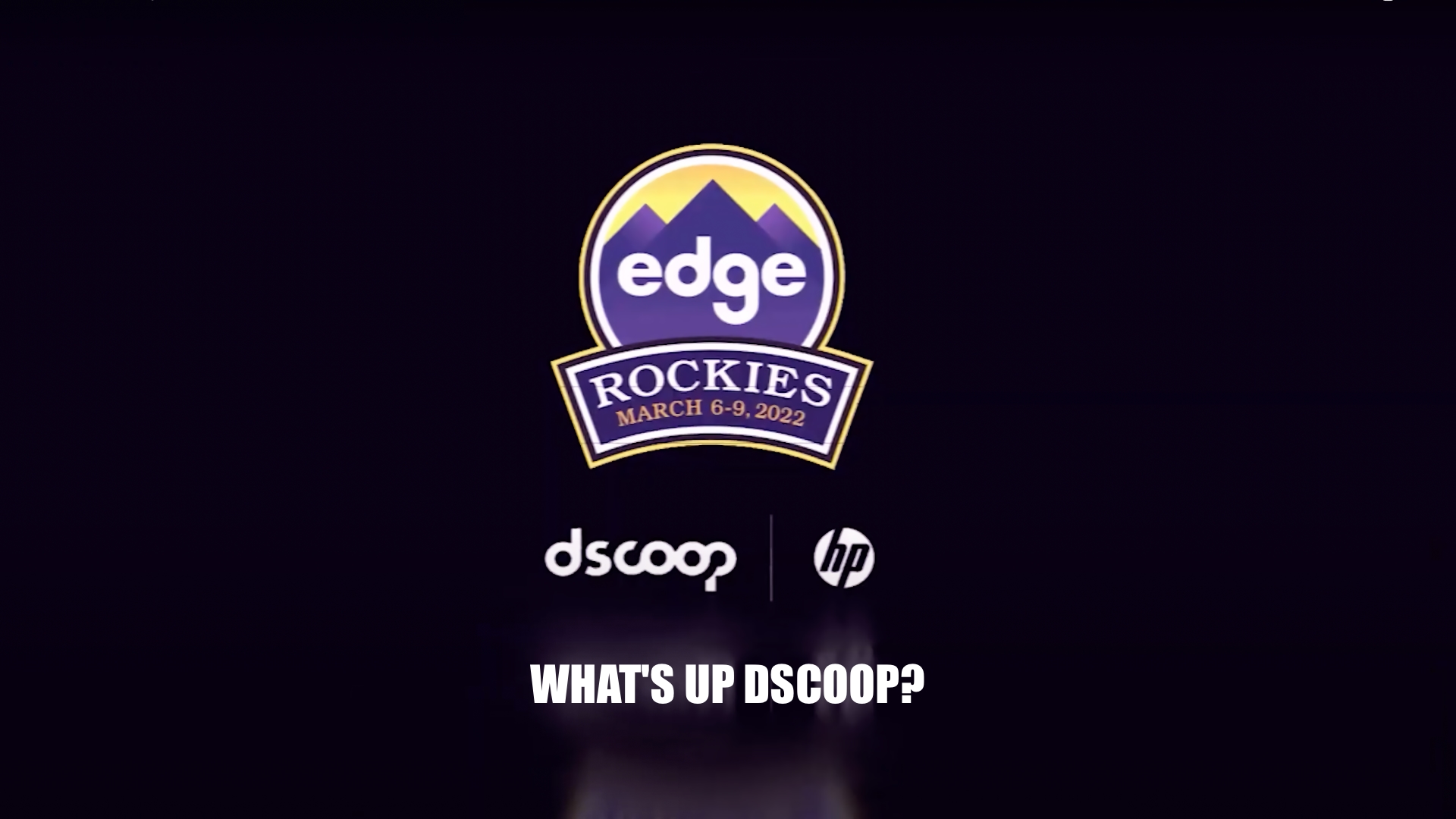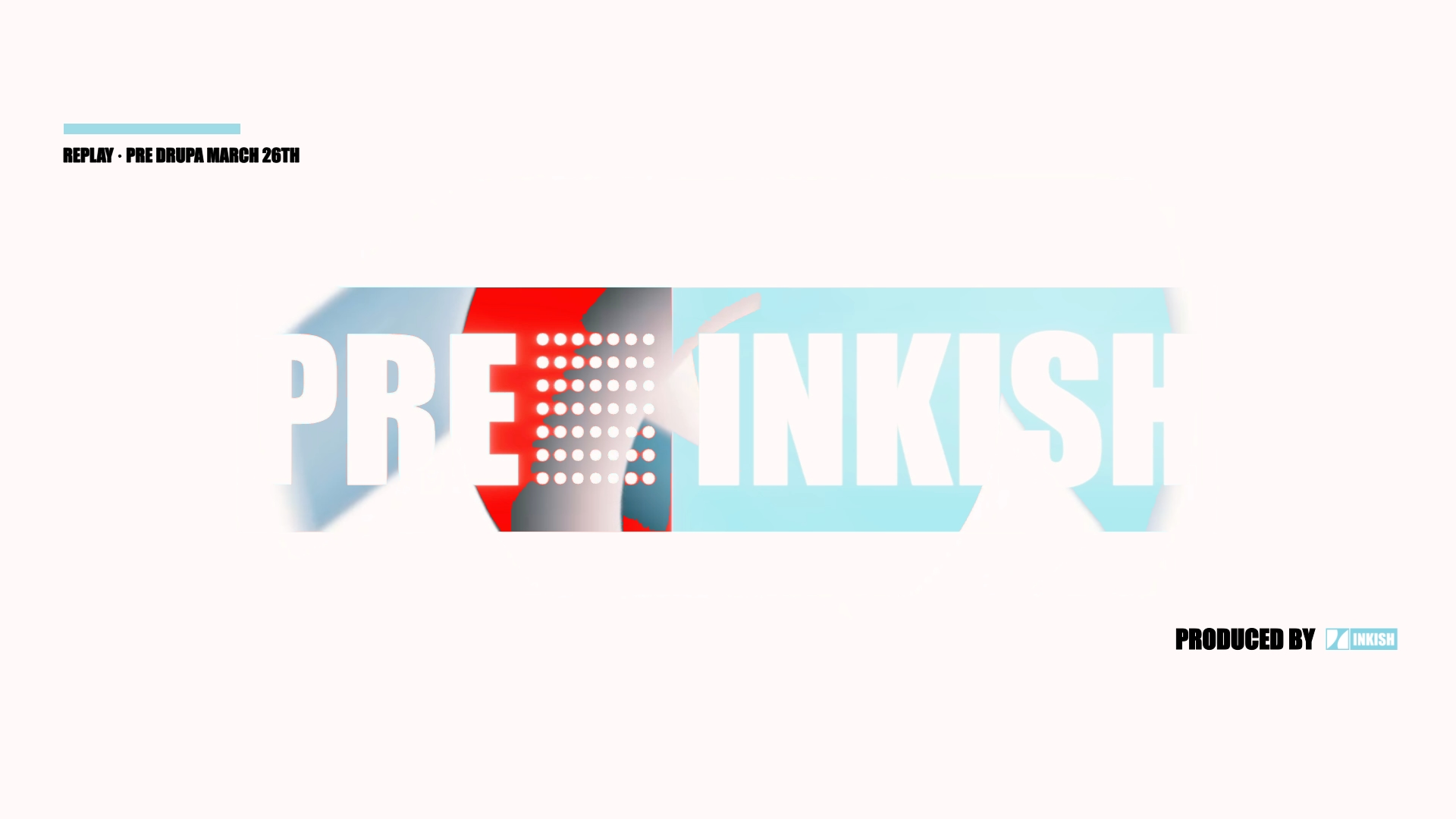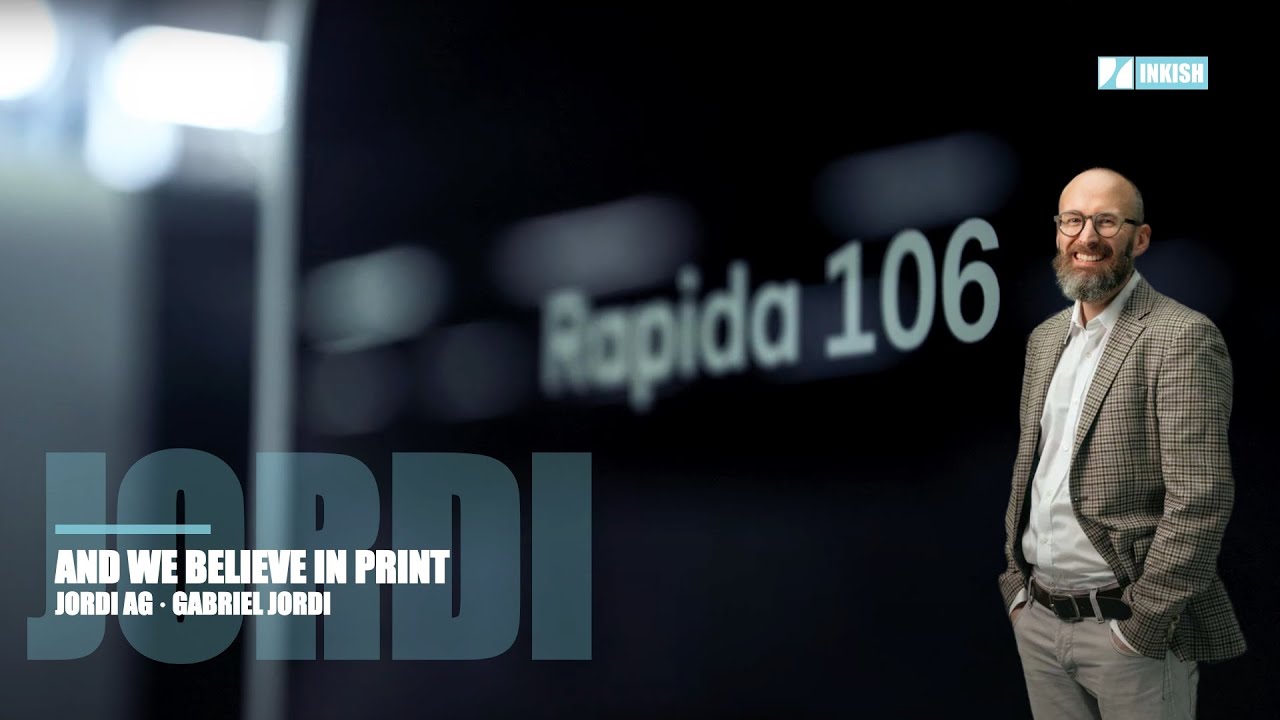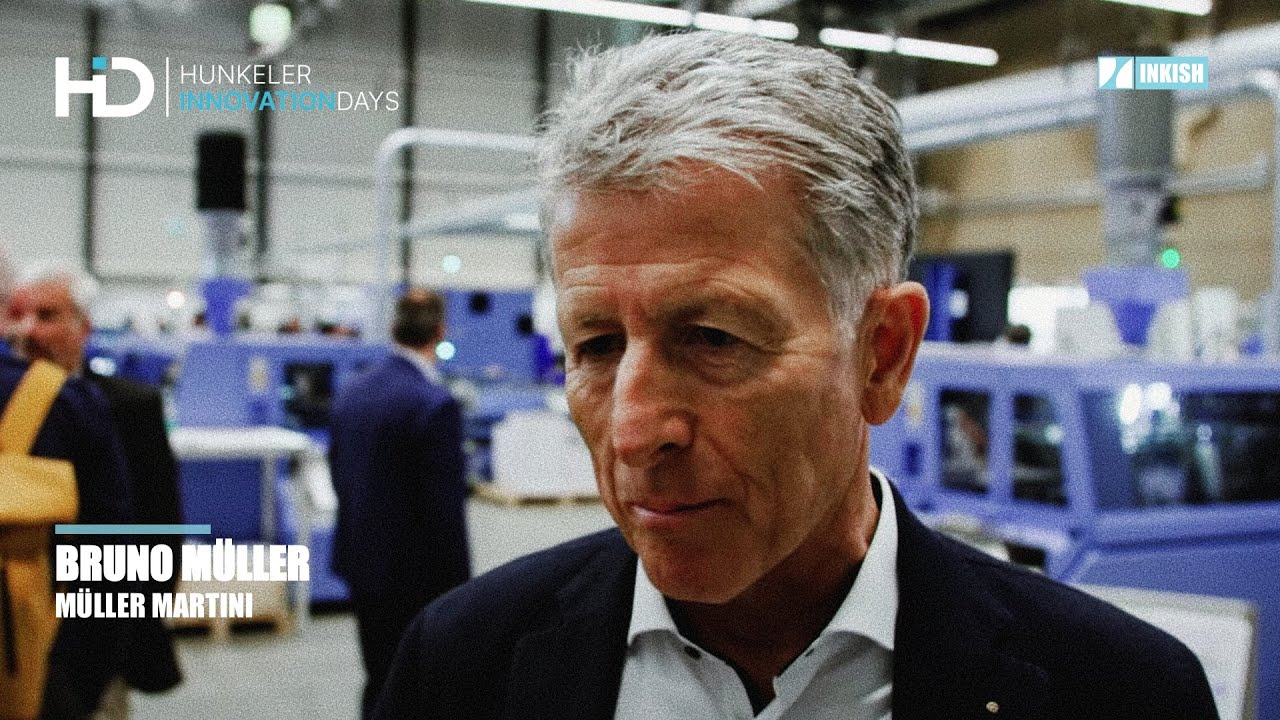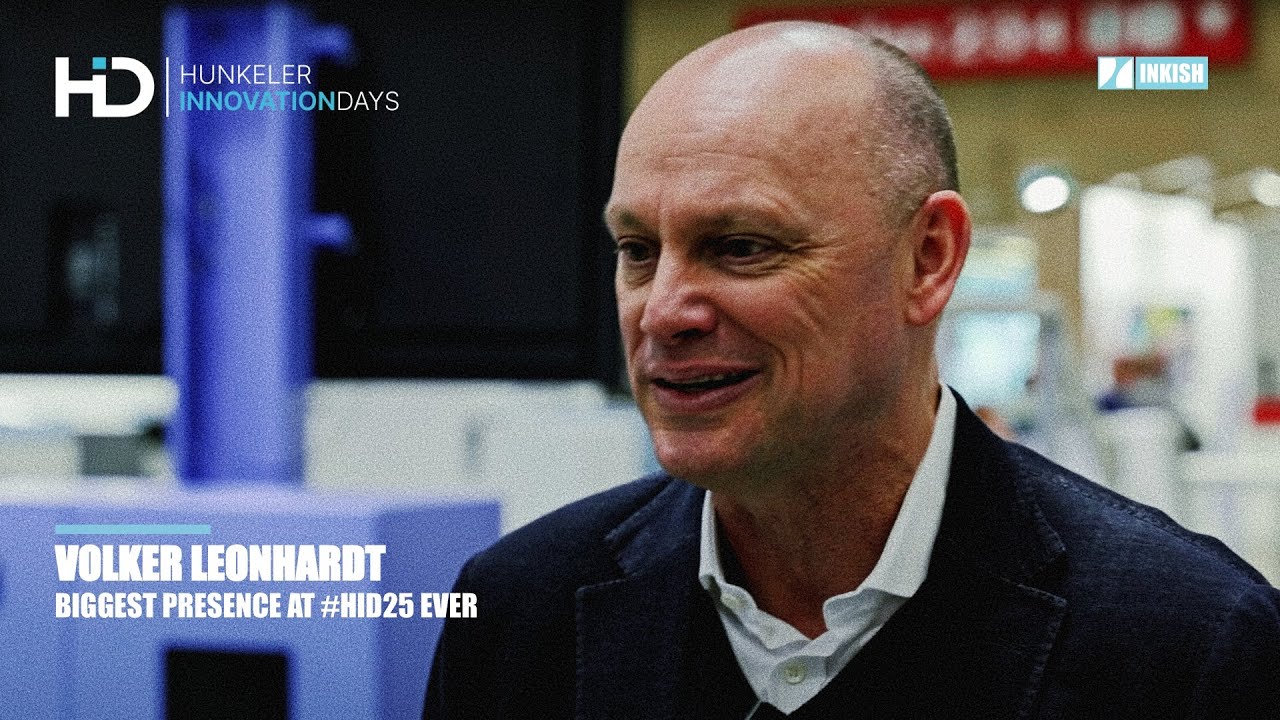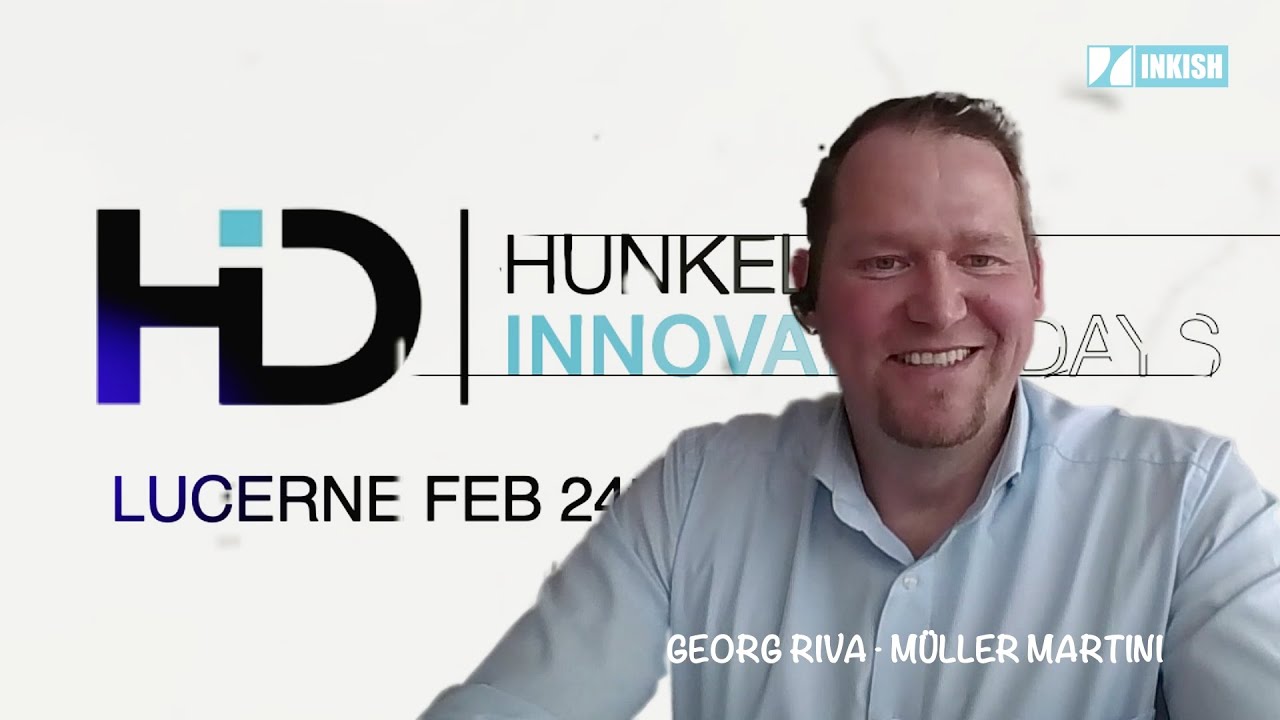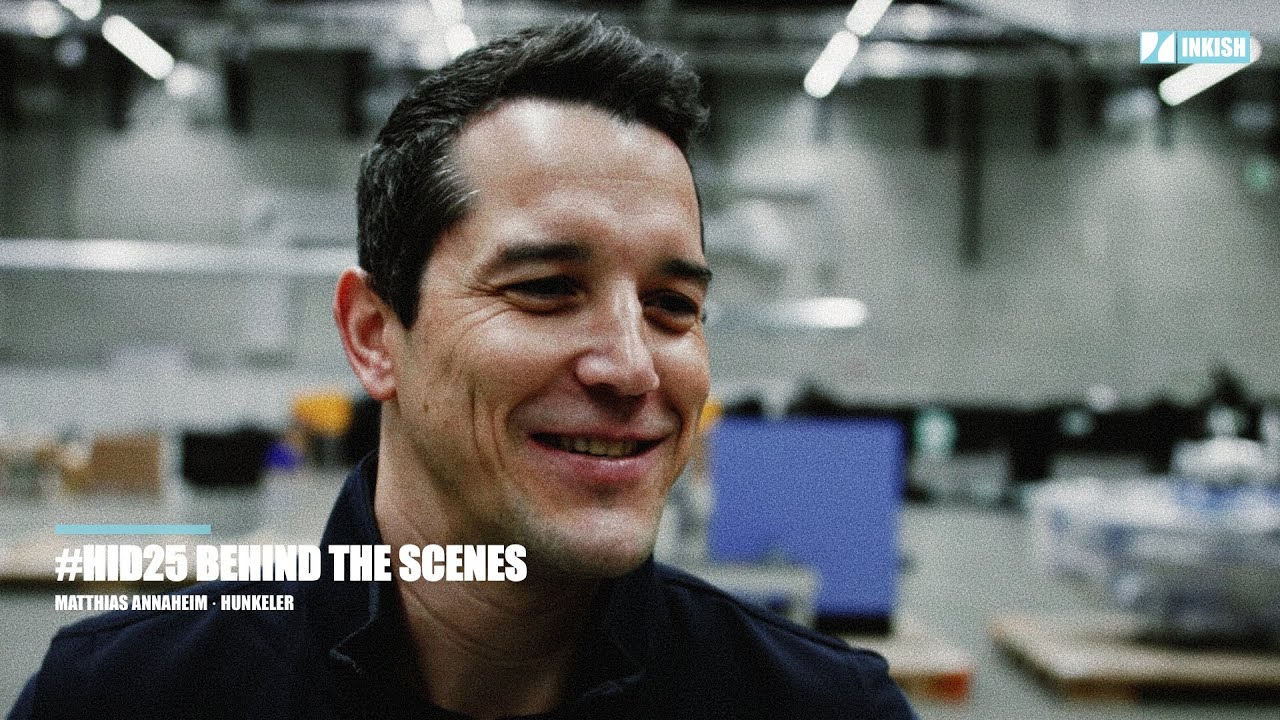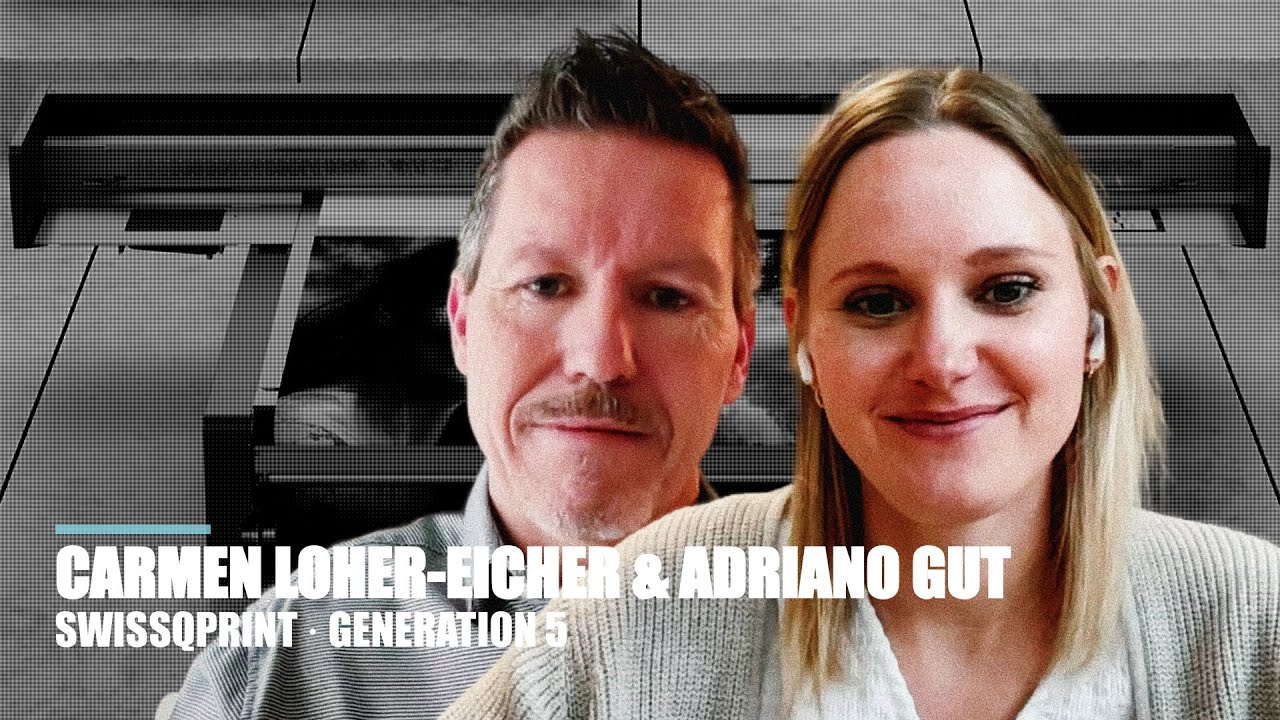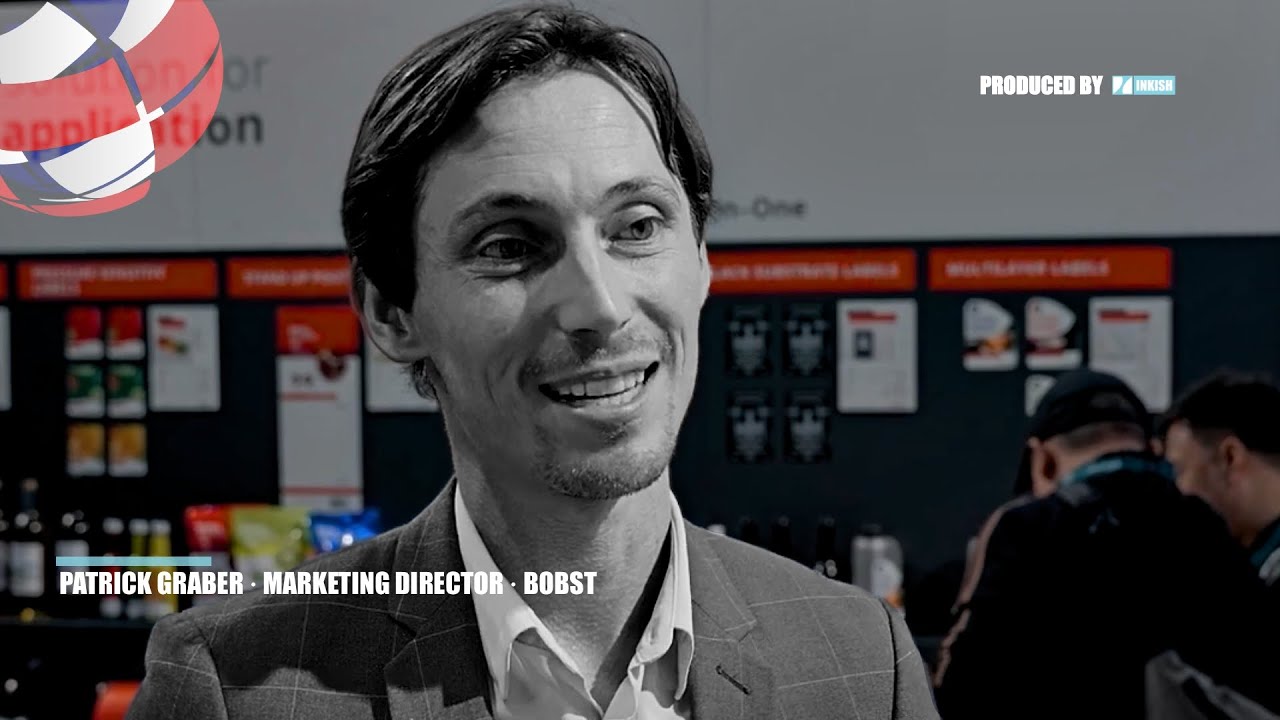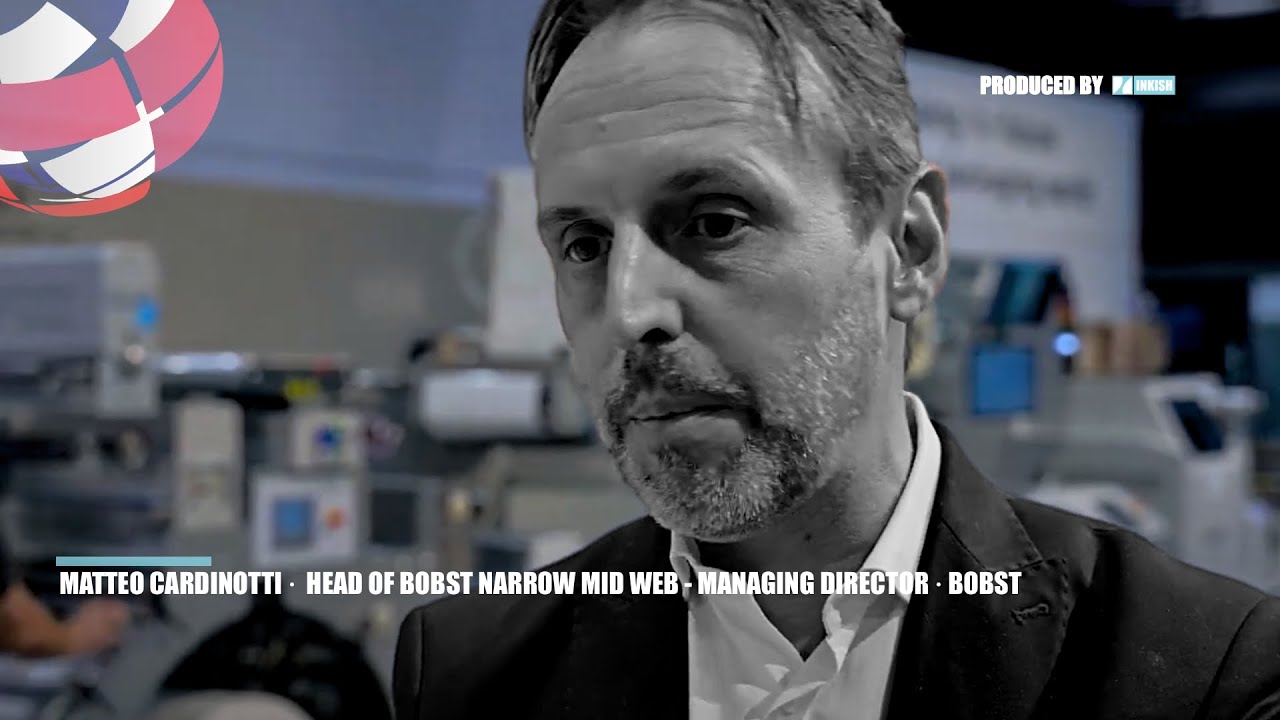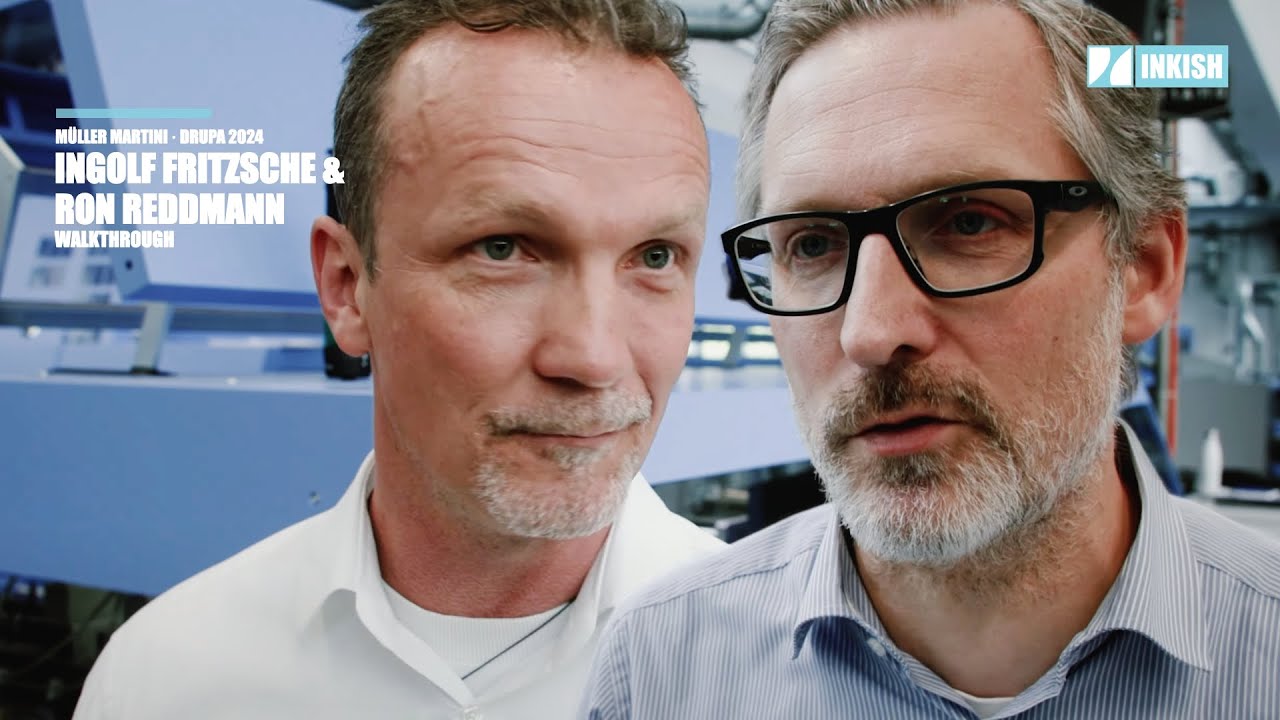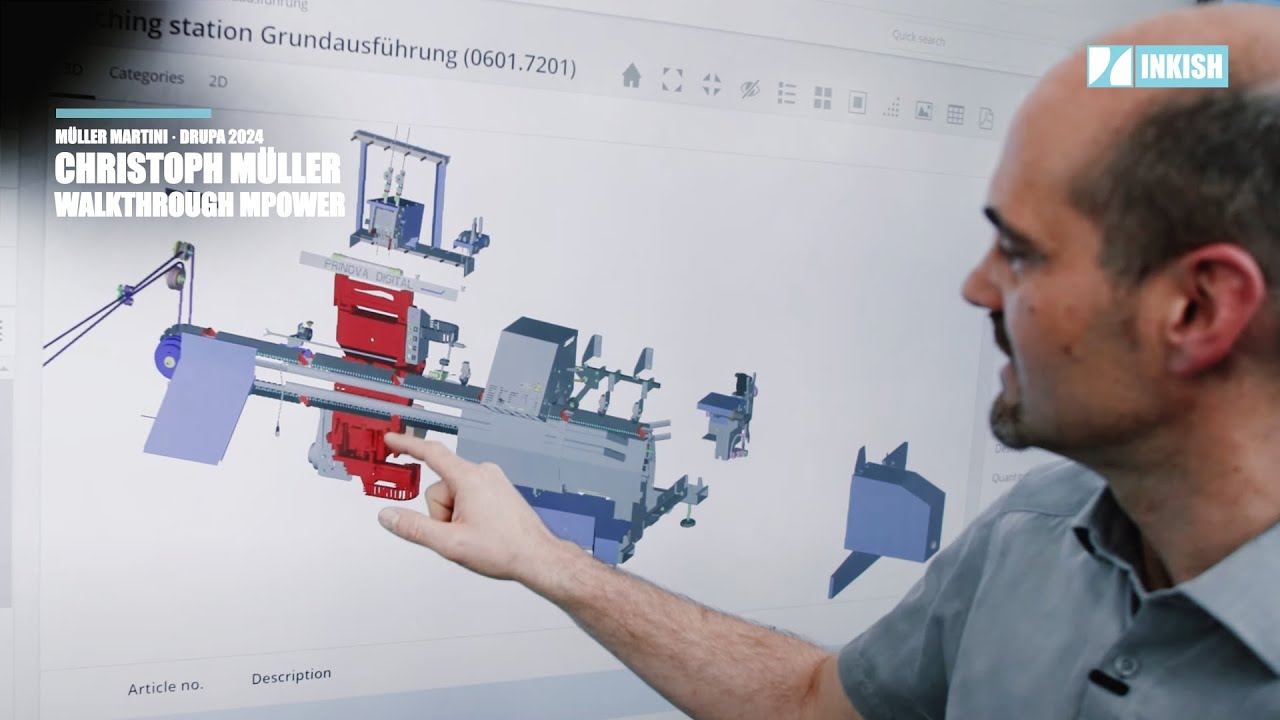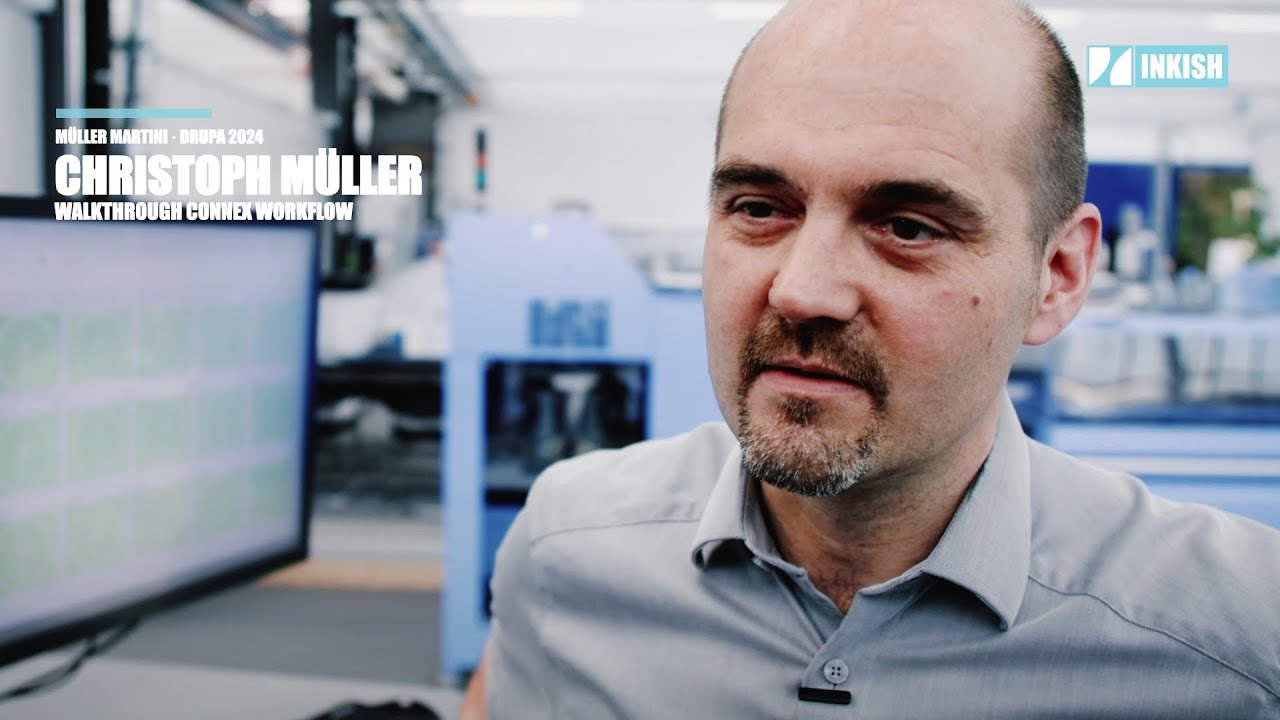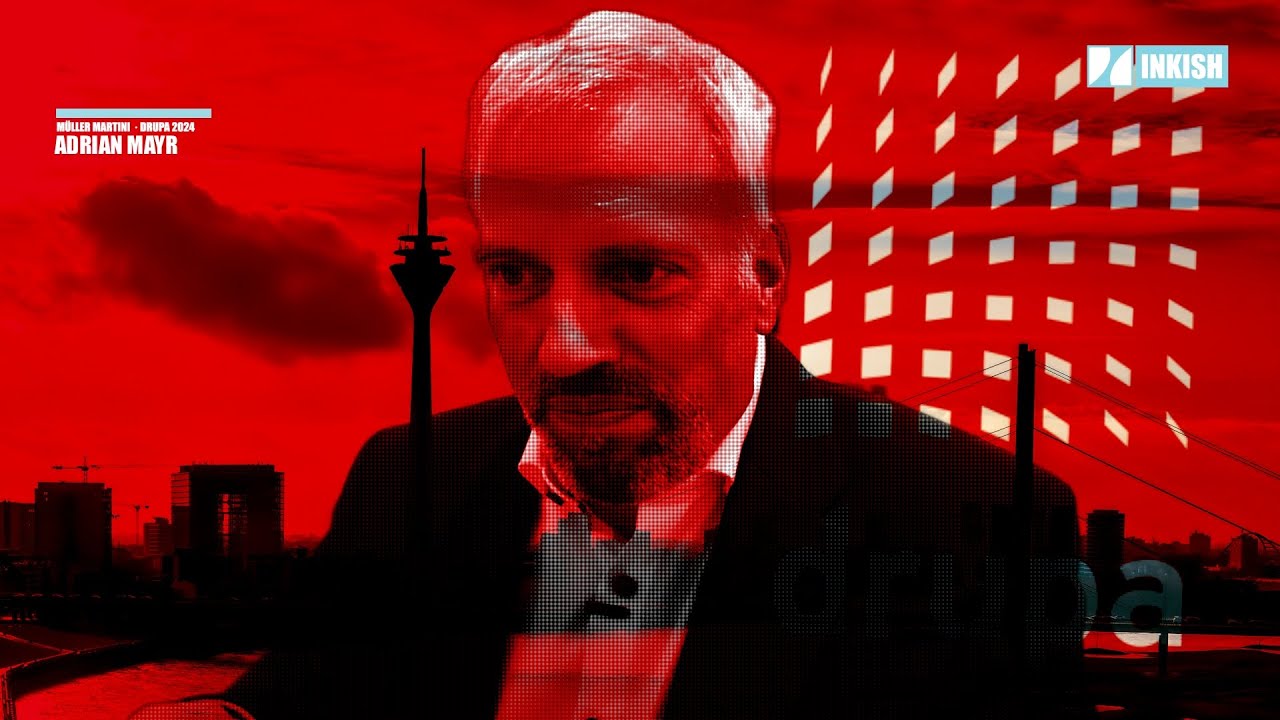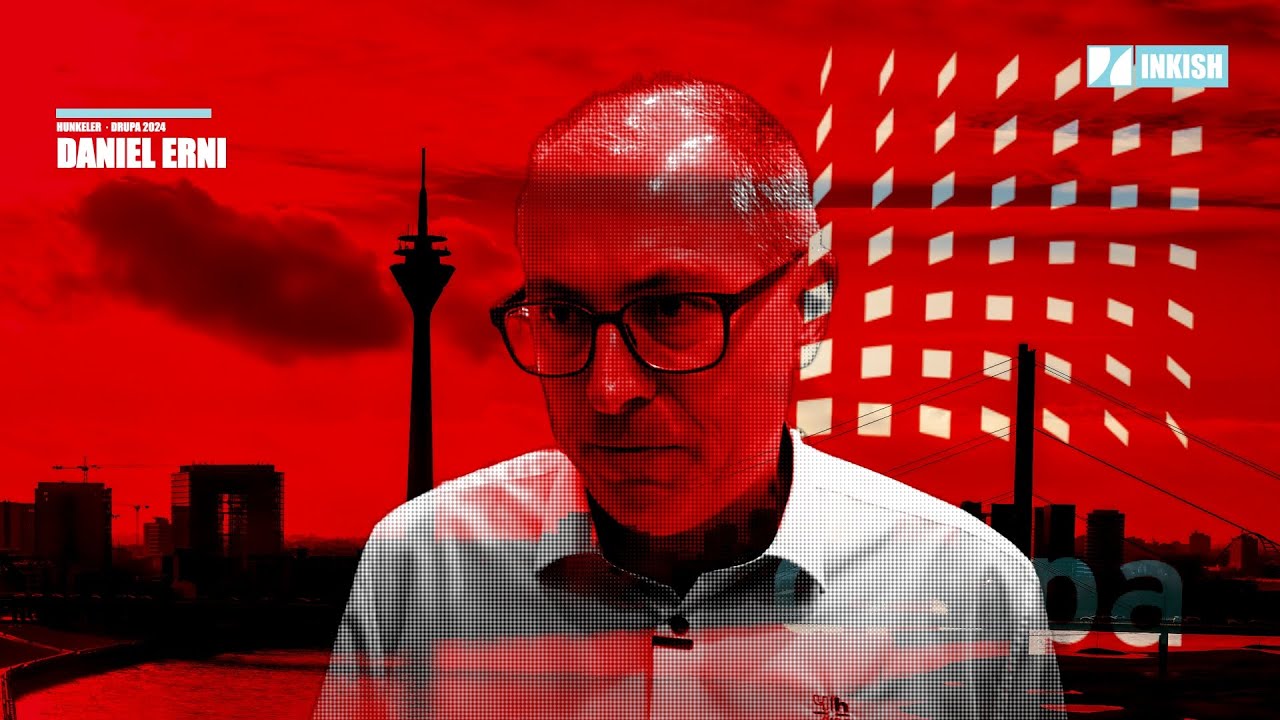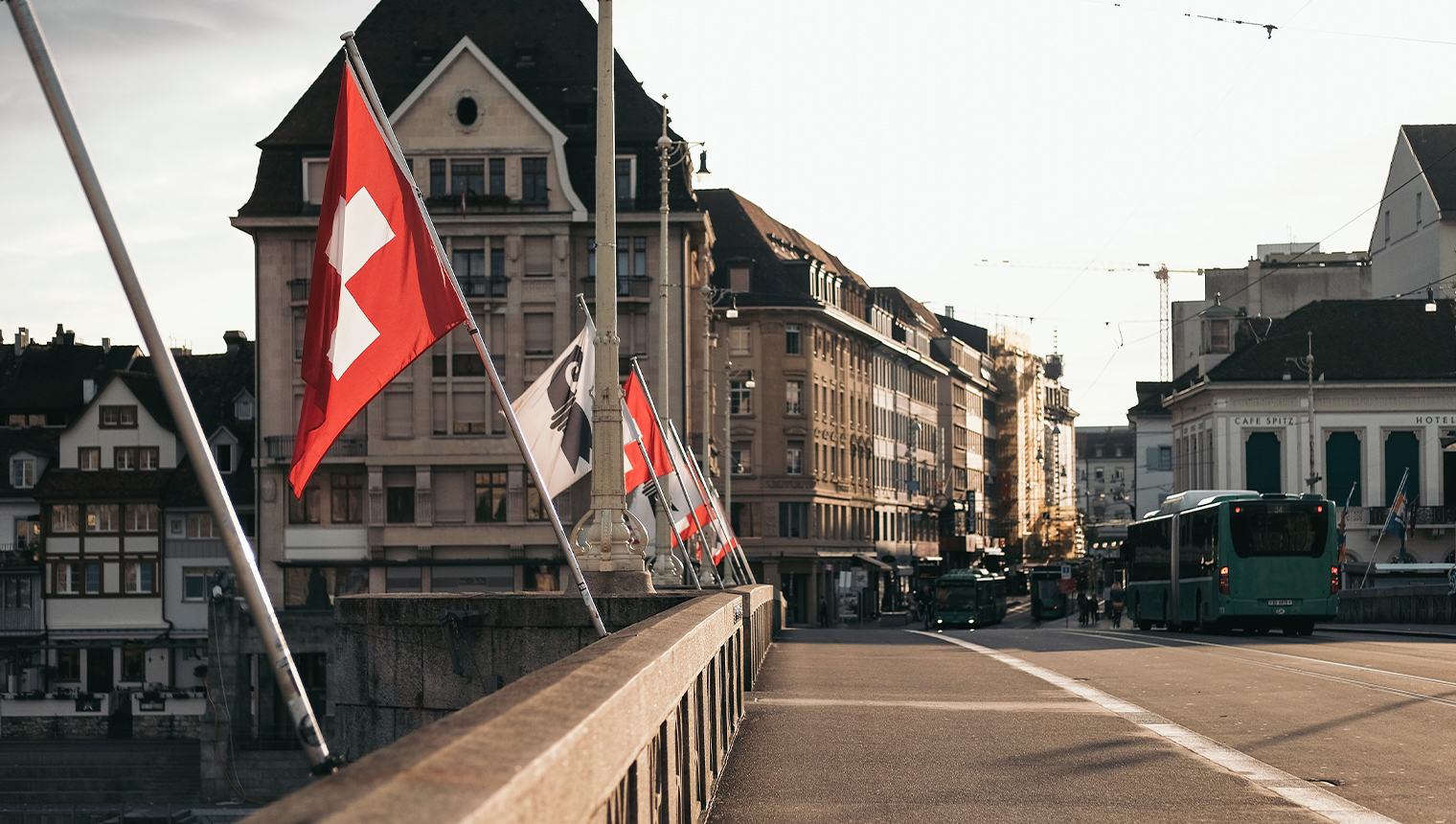 switzerland
switzerland
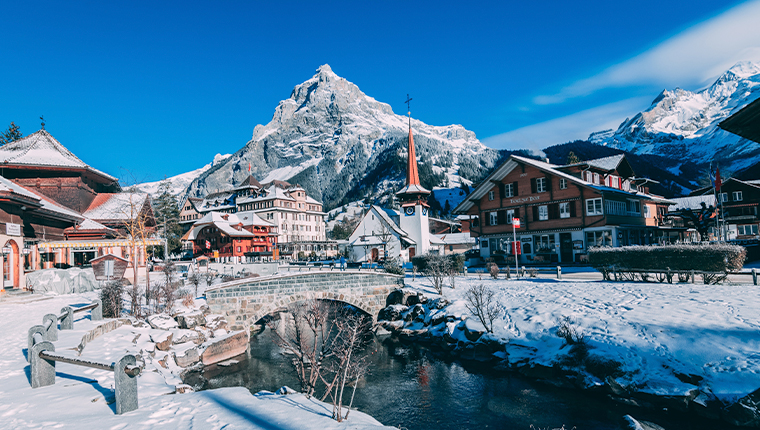
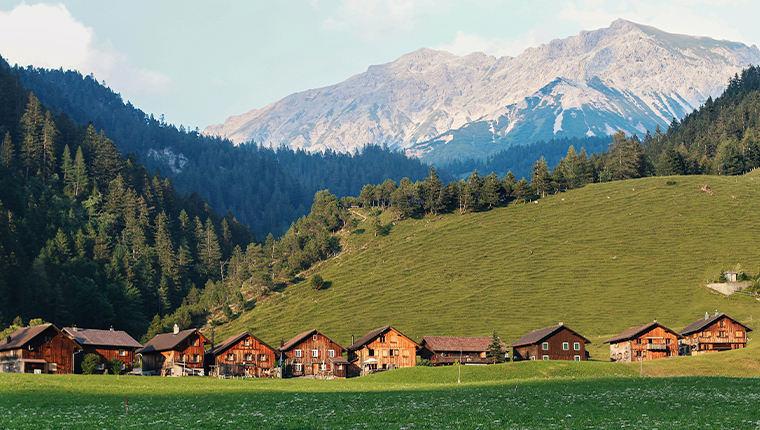
Switzerland, officially the Swiss Confederation, is a country situated in the confluence of Western, Central, and Southern Europe.[10][note 4] It is a federal republic composed of 26 cantons, with federal authorities seated in Bern.[1][2][note 1] Switzerland is a landlocked country bordered by Italy to the south, France to the west, Germany to the north, and Austriaand Liechtenstein to the east. It is geographically divided among the Swiss Plateau, the Alps, and the Jura, spanning a total area of 41,285 km2 (15,940 sq mi), and land area of 39,997 km2 (15,443 sq mi). While the Alps occupy the greater part of the territory, the Swiss population of approximately 8.5 million is concentrated mostly on the plateau, where the largest cities are located, among them the two global cities and economic centres of Zürich and Geneva.
The establishment of the Old Swiss Confederacy dates to the late medieval period, resulting from a series of military successes against Austria and Burgundy. Swiss independence from the Holy Roman Empire was formally recognized in the Peace of Westphalia in 1648. The Federal Charter of 1291 is considered the founding document of Switzerland which is celebrated on Swiss National Day. Since the Reformation of the 16th century, Switzerland has maintained a strong policy of armed neutrality; it has not fought an international war since 1815 and did not join the United Nations until 2002. Nevertheless, it pursues an active foreign policy and is frequently involved in peace-building processes around the world.[11]Switzerland is the birthplace of the Red Cross, one of the world’s oldest and best known humanitarian organisations, and is home to numerous international organisations, including the second largest UN office. It is a founding member of the European Free Trade Association, but notably not part of the European Union, the European Economic Area or the Eurozone. However, it participates in the Schengen Area and the European Single Market through bilateral treaties.
Switzerland occupies the crossroads of Germanic and Romance Europe, as reflected in its four main linguistic and cultural regions: German, French, Italian and Romansh. Although the majority of the population are German-speaking, Swiss national identity is rooted in a common historical background, shared values such as federalism and direct democracy,[12] and Alpine symbolism.[13][14] Due to its linguistic diversity, Switzerland is known by a variety of native names: Schweiz [ˈʃvaɪts] (German);[note 5] Suisse [sɥis(ə)] (French); Svizzera [ˈzvittsera](Italian); and Svizra [ˈʒviːtsrɐ, ˈʒviːtsʁɐ] (Romansh).[note 6] On coins and stamps, the Latin name, Confoederatio Helvetica – frequently shortened to “Helvetia” – is used instead of the four national languages.
The sovereign state is one of the most developed countries in the world, with the highest nominal wealth per adult[15] and the eighth-highest per capita gross domestic product.[16][17] It ranks at or near the top in several international metrics, including economic competitiveness and human development. Zürich, Geneva and Basel have been ranked among the top ten cities in the world in terms of quality of life, with Zürich ranked second globally.[18] In 2019, IMD placed Switzerland first in the world in attracting skilled workers.[19] World Economic Forum ranks it the 5th most competitive country globally.
Photo Credits
Photo by Matt Foster on Unsplash
Photo by vaun0815 on Unsplash
Carmen Loher-Eicher & Adriano Gut · swissQprint · Generation 5
SwissQprint launched their 5th generation of large-format printers in the week of January 13th, 2025 - and it was a launch with great anticipation, so we reached out to Carmen Loher-Eicher and Adriano Gut to learn whether this was 'ONLY' a new iteration or... We got to talk about technology, market and even gender equality - so enjoy! LinkedIn Profiles: Adriano Gut Carmen Loher-Eicher
Bruno Müller · CEO · Müller Martini
The interview features Morten B. Reitoft from INKISH speaking with Bruno Müller from Müller Martini about the significant transformations the company has undergone over the past 35 years. Bruno Müller discusses the evolution from his early days in the newspaper division to adapting to major shifts in the industry, particularly the decline in newspaper production and the rise of digital printing technologies. Bruno highlights the company's focus on listening to customer needs and adapting its culture, products, and strategies to market demands. He emphasizes the challenges of managing spare parts for older machines, which were not originally designed to last as long as they have. This has necessitated a shift in the company's approach to production, moving towards modular designs that use common components to streamline operations and reduce complexity. The interview also touches on the recent acquisition of Hunkeler, describing it as a strategic fit that complements Müller Martini's strengths and enhances its product offerings. Bruno Müller notes the importance of evolving business models in response to digital technology advancements, which is crucial for staying relevant and competitive in the printing industry.
Christoph Müller · Instruktor & Leiter · Müller Martini – Walkthrough MPOWER
The MPOWER platform enables customers to monitor their Müller Martini equipment, order manuals and spare parts, and get the latest information quickly. Christoph Müller explains how to use the platform - and it seems like a platform all customers would want to use - so if you are not on it - get on it :-)
Christoph Müller · Instruktor & Leiter · Müller Martini · Walkthrough Connex
Christoph Müller gives convincing examples in this walkthrough of why Müller Martini Connex is valuable software. Connex enables the user to have different numbers of pages in signatures to minimize blanks and waste. It also shifts the images so the paper is according to binding type—all in a super automated and convenient way—but check out here for yourself! And, you will also be able to use your printing equipment more efficiently!
Adrian Mayr · Head of Product & Partner Management · Müller Martini · Reporting from Drupa 2024
With a vast background within Müller Martini, Adrian Mayr is the perfect Head of Product & Partner Management as he bridges the different technologies and needs when developing a new product. That and other things we get to discuss in this nice interview!



